(Español) Gratacós en las colecciones AW24/25 del 080 Barcelona Fashion
(Español) Hanami, el arte de observar la belleza de las flores. Así es nuestra colección SS24
The coquette aesthetic also dominates this spring
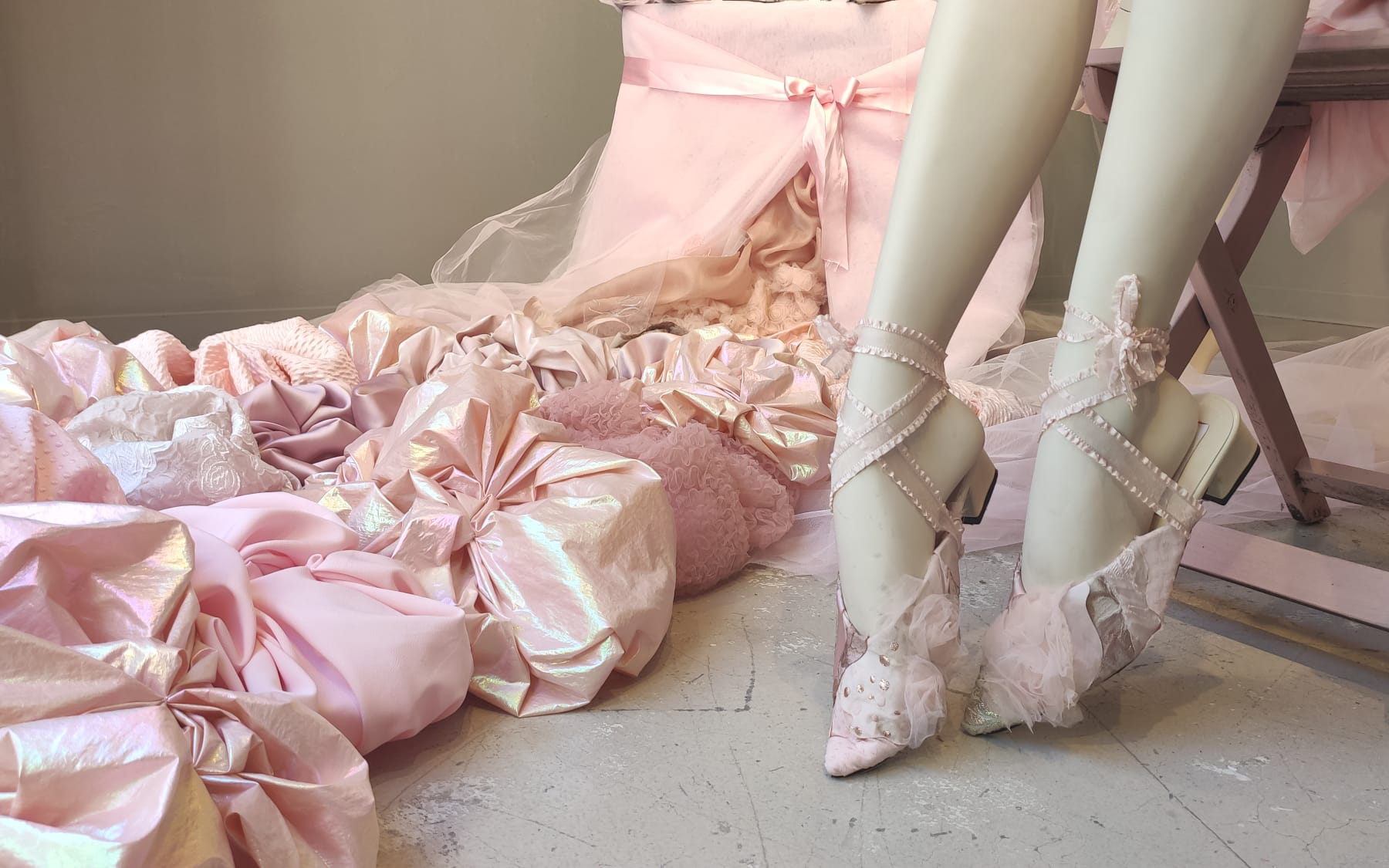
Bows, ruffles, pastel tones and baby doll dresses merge to elevate a hyperfeminine style with a baroque soul that seeks artificiality. Maximalism is displayed in all its splendor. We are referring to the coquette aesthetic , whose reign seems to have no end in sight, at least in this spring-summer season that we have just begun. Although this trend is not really new, in recent months it has reached a notable level of virality on social networks, specifically on TikTok in early 2024. With the hashtag #coquette, this instant video platform, which especially captivates the Generation Z, accumulated more than 18 billion views. This figure far exceeds its main competitor, Instagram, which registered nearly 1.5 million related publications.
This phenomenon shows how an aesthetic that seemed relegated to oblivion, with the exception of certain Japanese urban tribes, resurfaces strongly and is once again at the centre of attention of current fashion. We already know that the new generation of young people is fascinated by the nostalgic element, in a phenomenon that experts have described as an aesthetic revisionism of past trends.
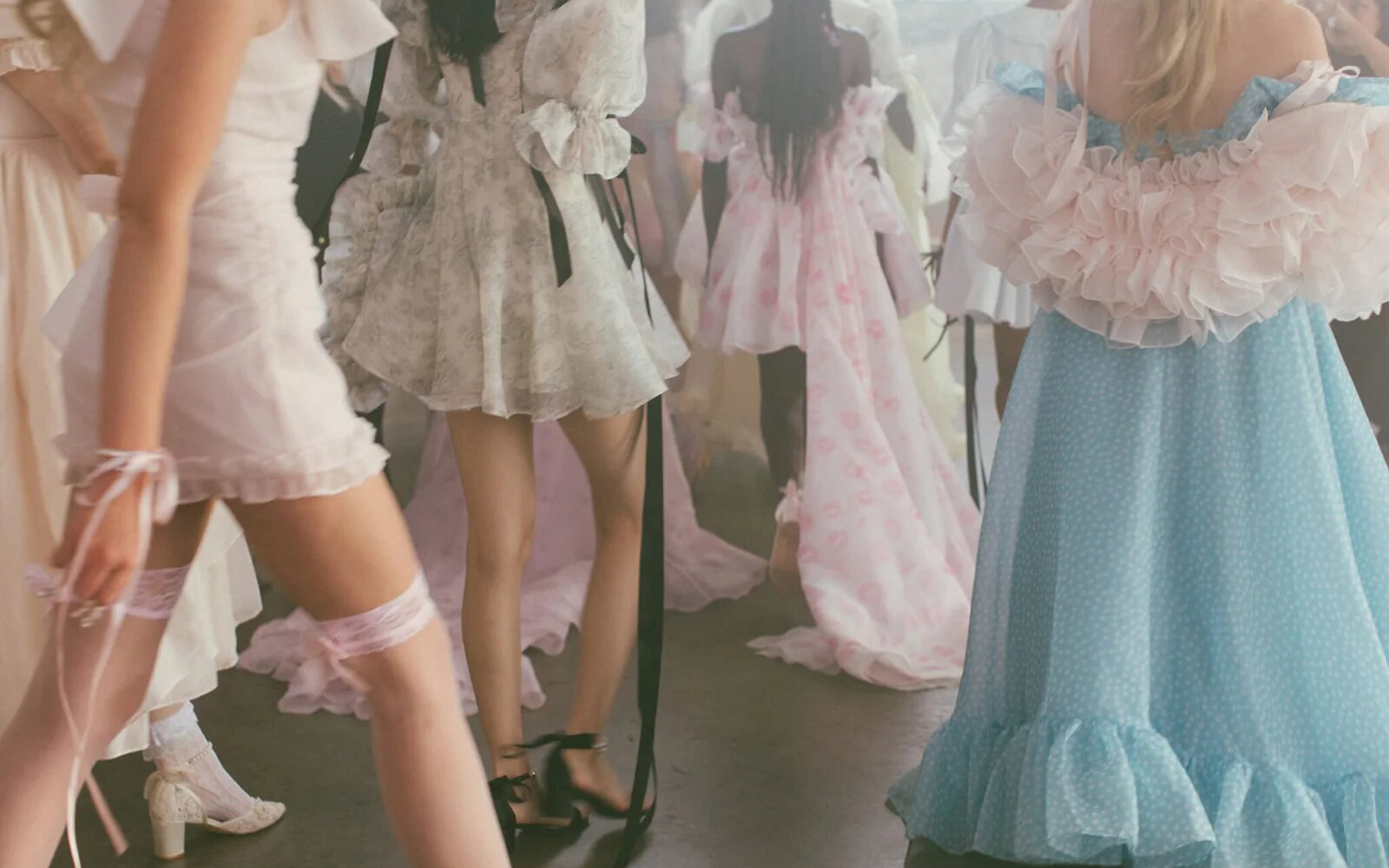
Coquette style identified ?
Among all the descriptions offered to define this style that perfectly fuses femininity, innocence, sweetness and softness, the one provided by stylist Marisa Ledford in People magazine stands out, who describes it as “a hyperfeminine style that refers to the Victorian era. of the Regency, where doll dresses, ruffles, bows and pastel colours are the distinctive elements.”
This hyperfeminine trend experienced a rebound in 2010, coinciding with two cultural phenomena that generated great interest for months and that, in turn, fueled the fashion industry: the premiere of the film ‘ Marie Antoinette ‘ by Sofia Coppola and the rise of Lana del Rey as one of her main style icons. In fact, the singer and songwriter was on everyone’s lips again recently thanks to the campaign she starred in for the brand Skims to celebrate Valentine’s Day. This campaign included all the references that identify the flirty trend: abundant bows, transparencies, cats and delicate fabrics such as satin and lace.
Recently, another cinematographic phenomenon has given new impetus to the hyperfeminine and, incidentally, hyperbolic style: the Oscar-winning science fiction film, ‘ Poor Things ‘ , which has won, among other distinctions, the award for best costumes. This film characterizes its main character, Bella Baxter, as a Victorian woman with a wardrobe that revolutionizes the classic by maintaining a contemporary look that is reflected in each of the eccentric and stimulating looks in terms of shape, volume, relief and colour. Creations such as dresses with ruffles and puffed sleeves, Victorian bloomers, long silk robes or lavish nightgowns leave the viewer speechless and are reminiscent of the style in question: flirty is captivating.
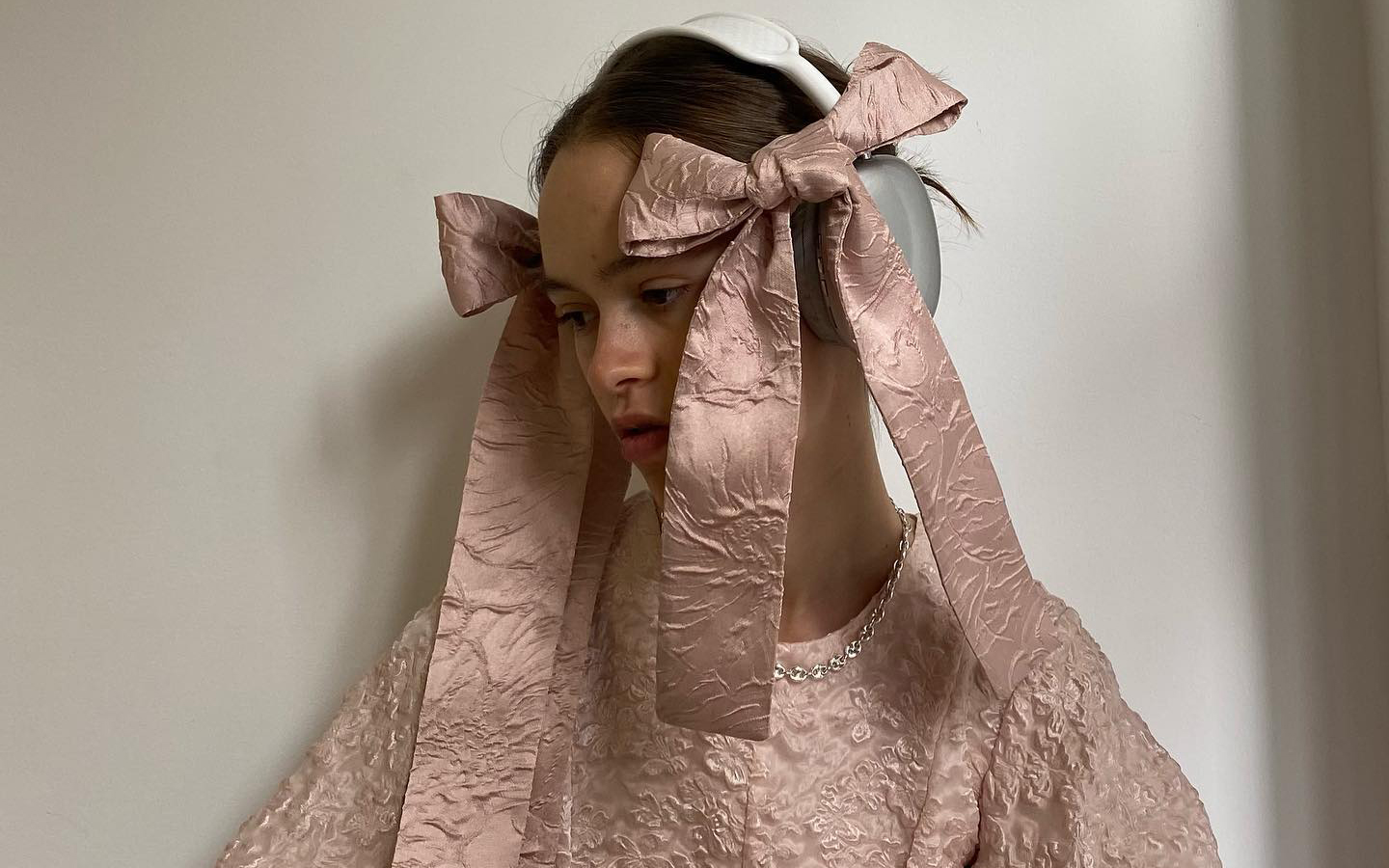
On the other hand, the fact that this trend is still more alive than ever is also corroborated by fashion brands that make the flirty style their usual hallmark. For example, in its spring-summer 2024 collection, Rodarte was inspired by a flower garden and the silhouettes of the 1930s. Likewise, Simone Rocha presented for the same season voluminous bows, lace, tulle and flowers such as main elements of its collection, both in its feminine and masculine proposal. It is not necessary to review the trends of big brands, since small designers also opt for this style that enhances girlish femininity. For example, the creations of Quique Vidal through Becomely , his fashion alter ego, or the fantasies of Anel Yaos . In the collection presented last year on the 080 Barcelona Fashion catwalk, there were clear allusions to this aesthetic in a proposal that explored the most personal feelings through chiffon, transparencies and pastel tones.
Historical origin of the coquette aesthetic
The word ” coquette ” comes from French and means flirty. As a style, it takes elements from 18th century clothing, with a strong inspiration in the late Rococo of Queen Marie Antoinette, from which it incorporates decorative elements of clothing such as bows and lace. Likewise, it is based on the “infamous” chemise à la reine dress , a garment generally made of cotton and used as underwear, but which Marie Antoinette transformed into semi-transparent muslin, with ruffles on the chest and sleeves, with which The queen decided to spend her days in the countryside.
Perhaps the most iconic element of the style coquette, or at least the easiest to distinguish, is the bow or bow, which is used in both hair and clothing. This use dates back to the fashion of the romantic period, at the end of the 18th century and the beginning of the 19th century, when after the revolutions and the rise of the Republics, femininity became relevant again. This was reflected in the clothing and the decorations in them as an element associated with social class, since for the most part there were no longer monarchies.
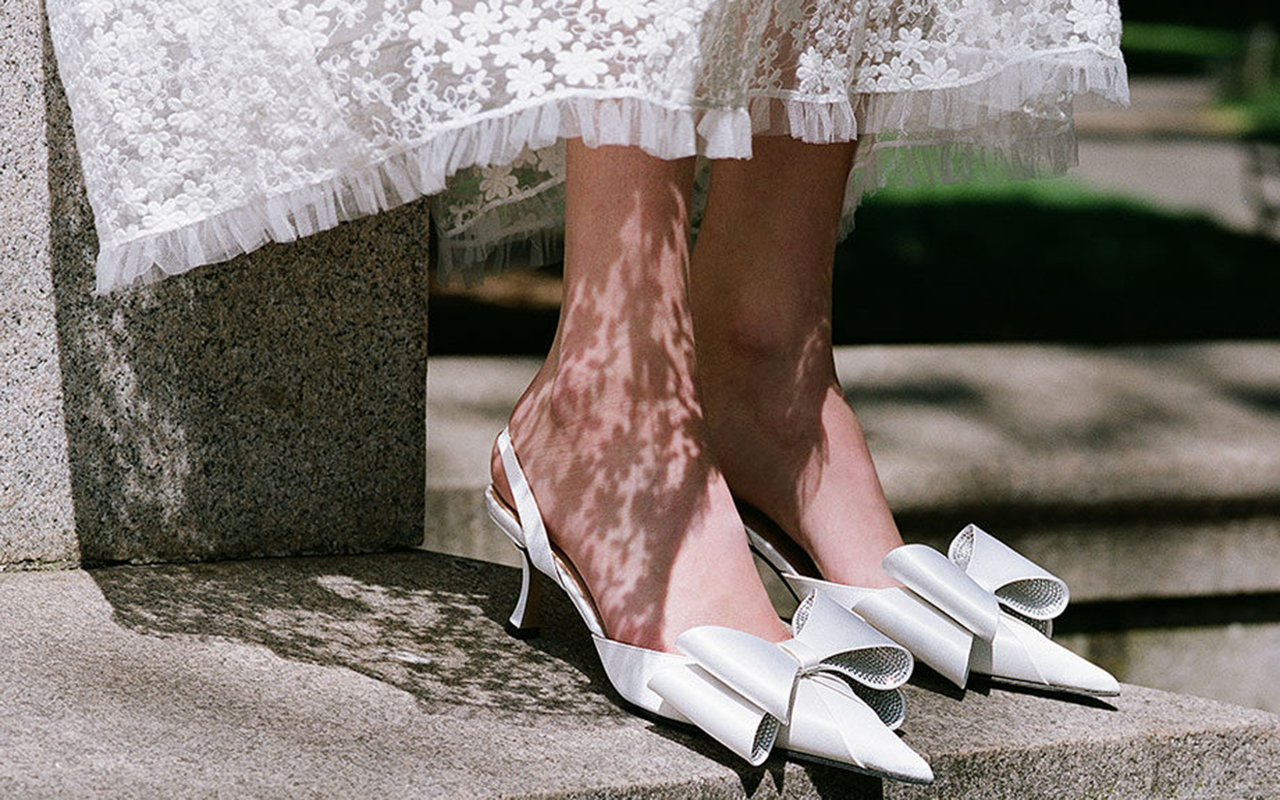
A trend rooted in the street
Although these origins date back several centuries, their arrival in current fashion is framed in the revisionism of Generation Z, which now resorts to various aesthetics from the 90s and 2000s. Another factor that contributes to the triumph of this style It is how he has conquered urban looks. Thus, far from being saturated, they are the influencers themselves and fashion prescribers who star in street images style most talked about and, they certainly don’t seem to be tired of this trend. During the last fashion show season, it was not difficult to find references to this trend: bows adorning all types of garments, whether more or less extravagant, more or less romantic, present in the hair and even attached to the face, as well as allusions to the universe childish, such as the usual combination of shoes with openwork socks and bows, and the pastel colour palette. Without forgetting the red carpets where Hollywood stars parade. In fact, the flirty style has also starred in some looks at the 2024 Oscars celebration . This is attested to by the stylists who dressed actresses like Ariana Grande, who dazzled on the red carpet with a puffy pink number with a strapless neckline and train by Giambattista Valli Couture. Also Chloë Sevigny and Sofia Vergara, who wore flirty bows at the Oscars after- parties.
At Gratacós, we also wanted to pay our own tribute to the coquette style with a selection of our new season fabrics, so that you can be inspired and create your own designs within this very feminine, fanciful and girlish aesthetic.
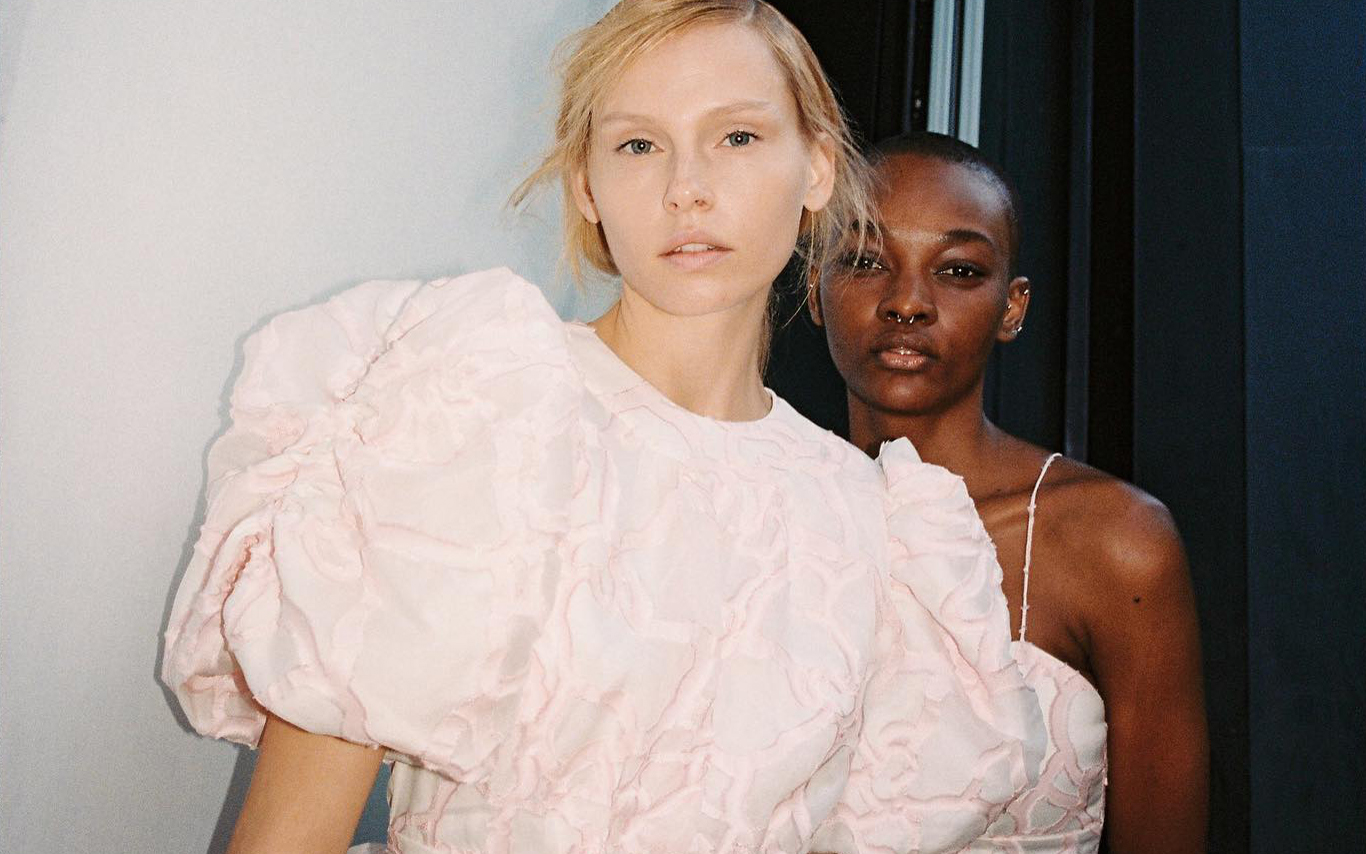
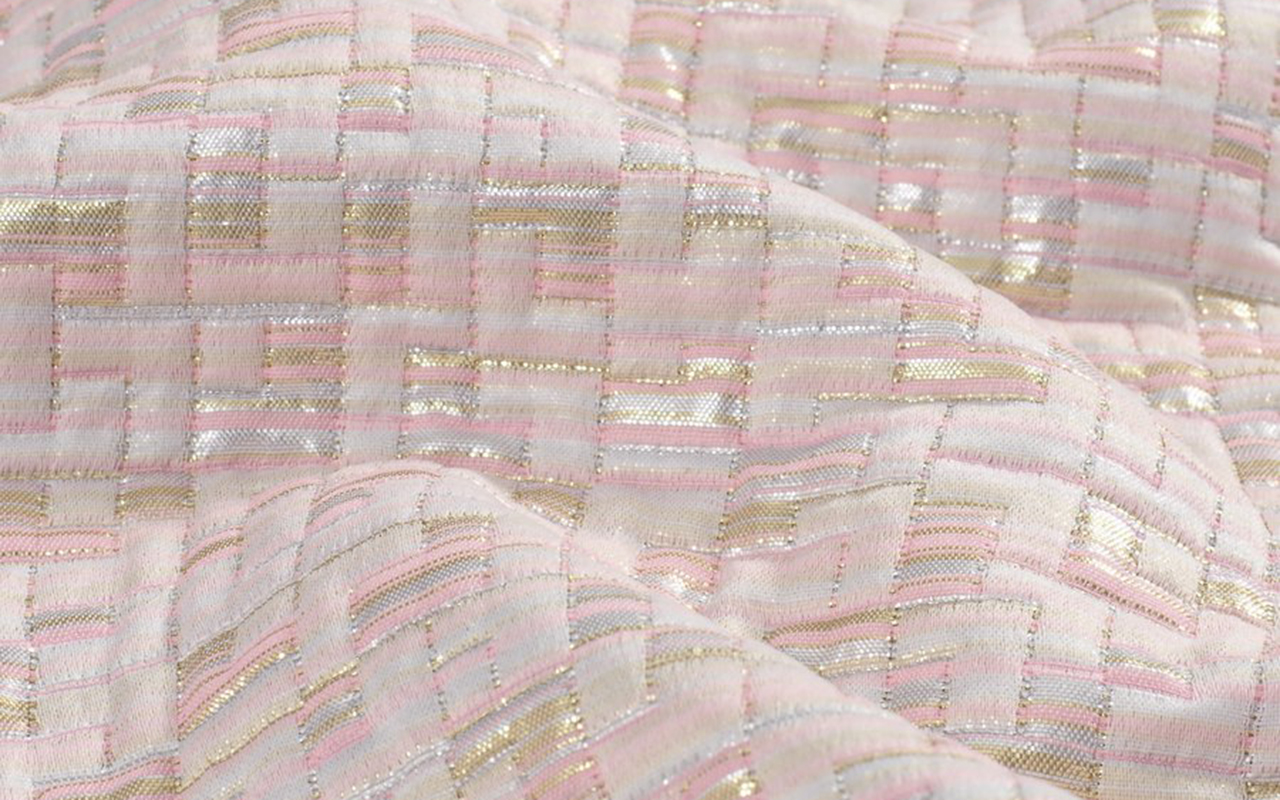
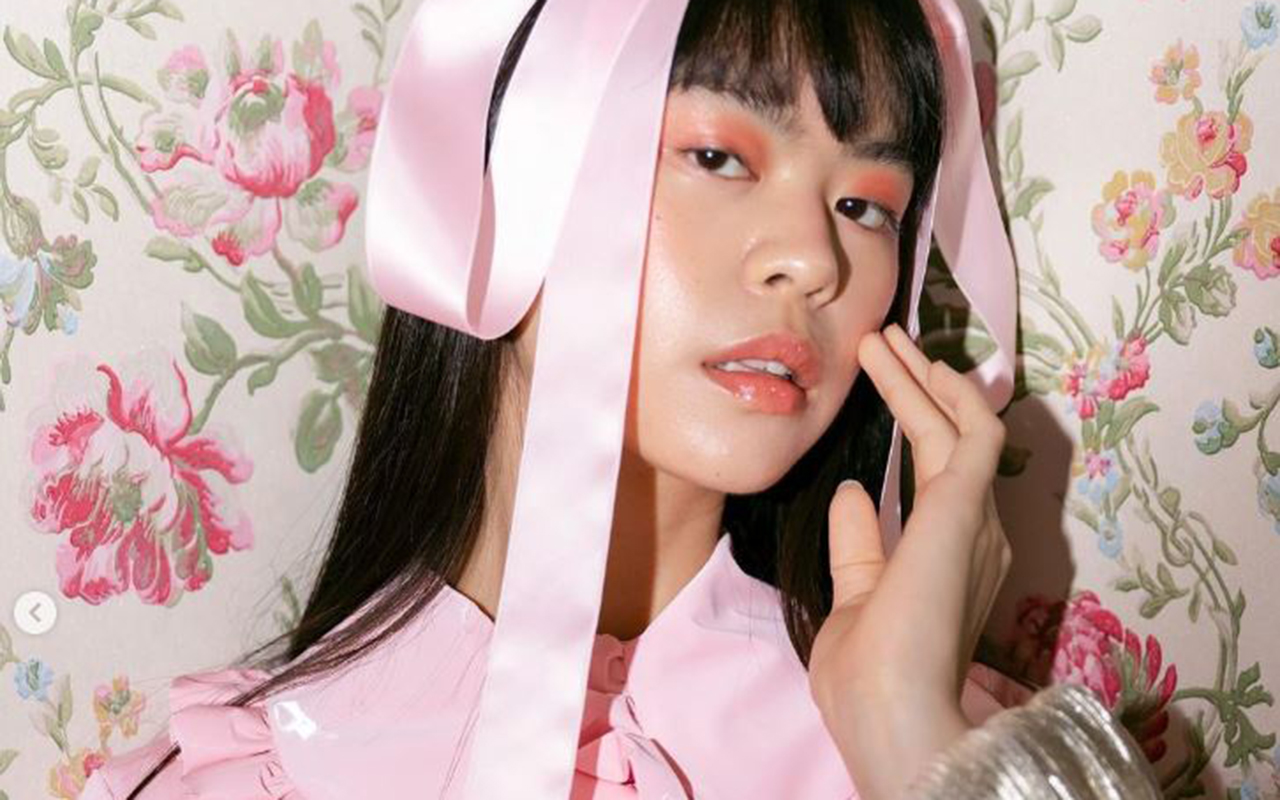
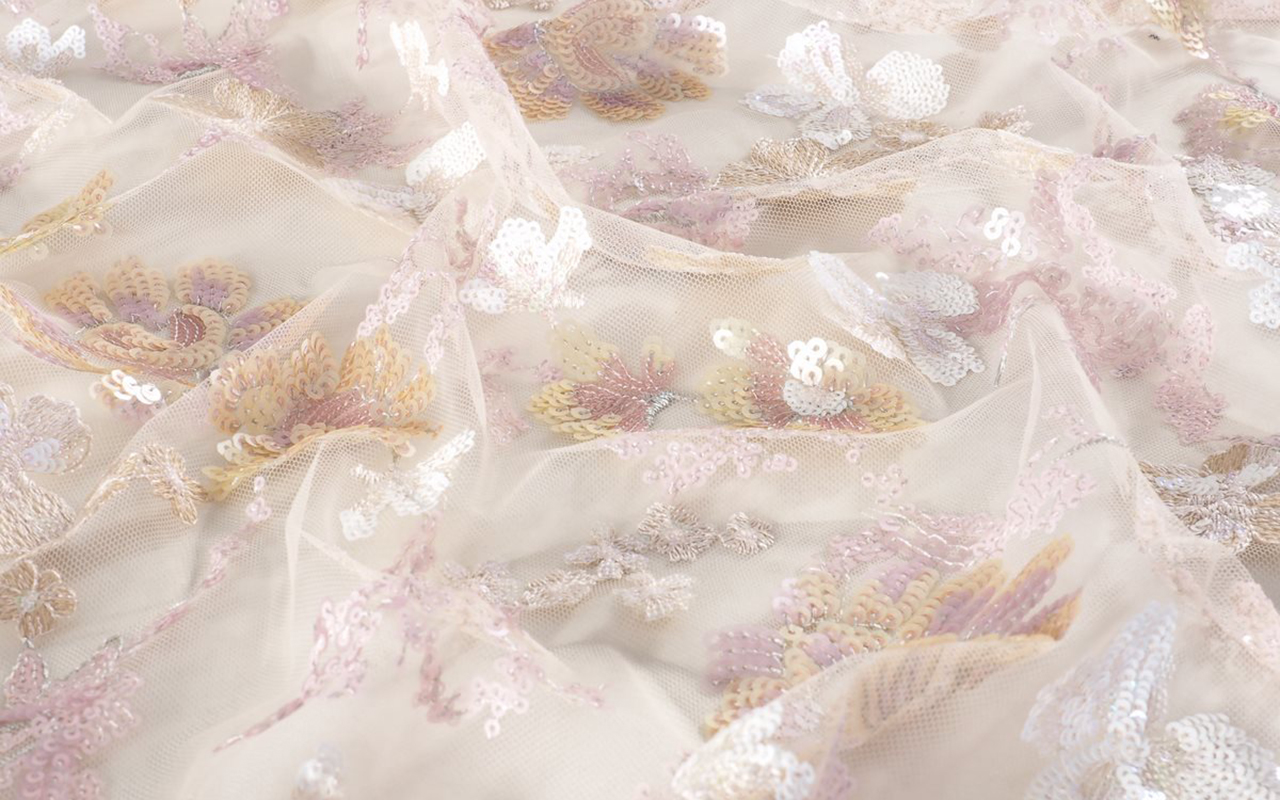
(Español) Los tejidos Gratacós en la Mercedes-Benz Fashion Week Madrid. Colecciones AW24/25
5 fabrics that are a good investment (now and always)
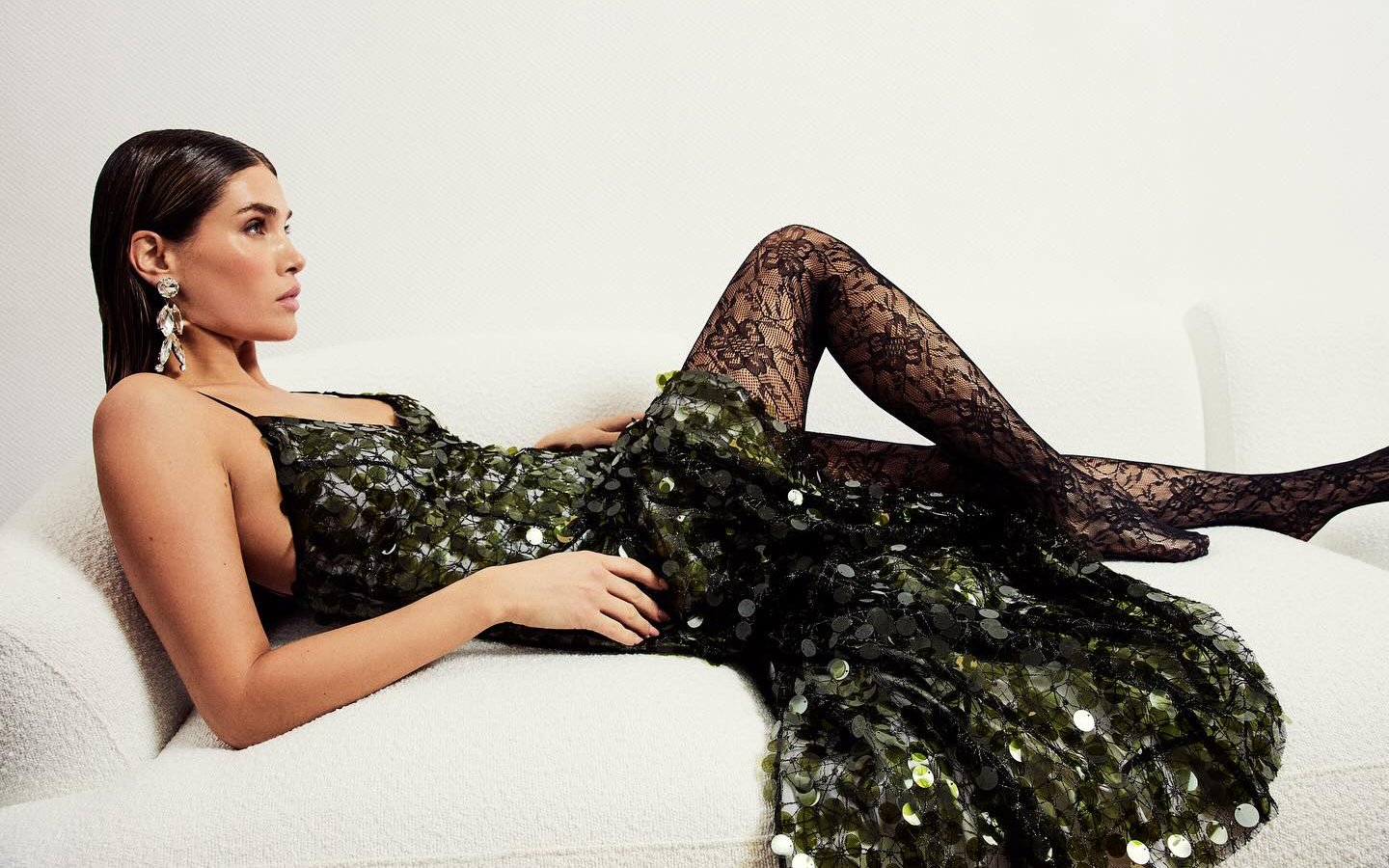
A stunning sequined dress by Acuamona.
Although we appreciate all fabrics equally due to their uniqueness, we recognize that there are certain items that best stand the test of time and become a smart investment for any time of year. Taking advantage of the last weeks of discounts on our winter collection, Gratacós presents you five items that do not lose their relevance, despite the ephemeral trends. In addition, now you can find them at more attractive prices in our outlet section
Tweed
This fabric stands out for its extraordinary richness in every imaginable aspect: it has a historical legacy that dates back to the Scottish Highlands; It is a wild card in constant evolution; It is easily recognizable at first glance and is inspired by classic elegance, while exhibiting a chameleon-like character that allows it to adapt to more contemporary versions. What more could you want?
It is a fabric wool fabric with an irregular appearance, a rough feel, openwork and elastic texture, with well-defined patterns such as houndstooth , windowpane and herringbone . This item is easy to sew and iron, offering a versatility that can transcend the limits of gender, or rather so, does not have limits.
Of modest origin, tweed comes from Scotland and was a common fabric in the warm clothing of the popular classes, used in the countryside to face adverse weather conditions. In the 19th century, the English aristocracy found in this fabric their best ally for carrying out country activities and outdoor sports. The person who knew how to give tweed an aura of glamour was, without a doubt, Coco Chanel, who in the late 1920s incorporated it into the women’s wardrobe in garments that have become symbols, such as her short jackets or pencil skirts. This fabric provided the woman of the time with extra comfort without losing an ounce of elegance.
Discover all our seasonal tweeds.
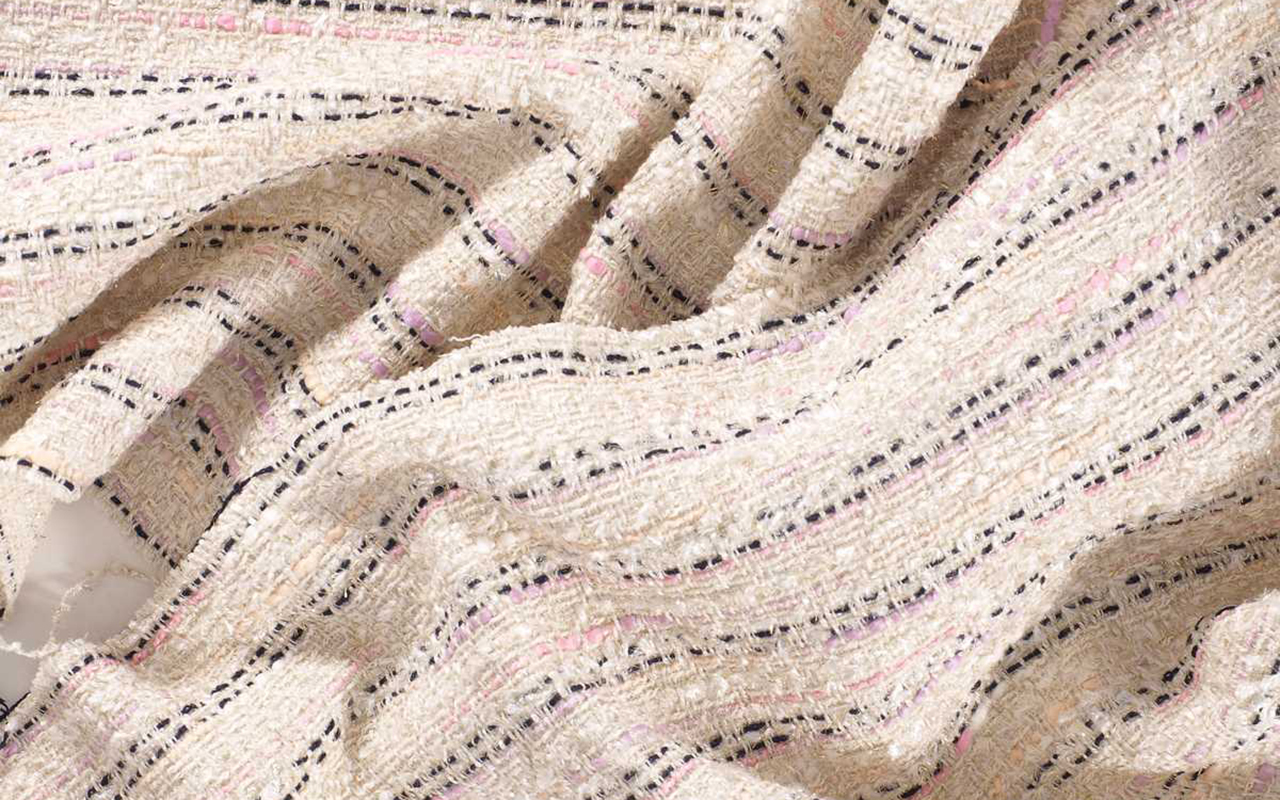
Mikado
The mikado is a textile jewel that is distinguished by its exclusivity and sophistication, enclosing with it an ancient history. Originally from Japan, this fabric has managed to captivate designers thanks to its uniqueness and its ability to transform seemingly simple garments into authentic works of haute couture.
We start with his name. It means ’emperor’ in Japanese, a title that reflects its royal splendor. Mikado is produced through a special manufacturing and finishing process, giving it a luxurious appearance and a firm structure. Initially intended for making imperial kimonos and other ceremonial garments, the mikado symbolizes nobility and elegance. Given this rich symbolic load, it is not surprising that it is currently one of the most used and demanded fabrics in the bridal field.
Mikado is distinguished by its heavy structure and slightly shiny surface, giving it an opulent look and distinctive feel. Often composed of silk, this fabric stands out for its softness and the ability to create elegant folds. Additionally, its ability to maintain its shape makes it the ideal fabric for making couture dresses that require volume and structure.
Find our mikado proposals. From smooth designs to floral or geometric-inspired motifs.
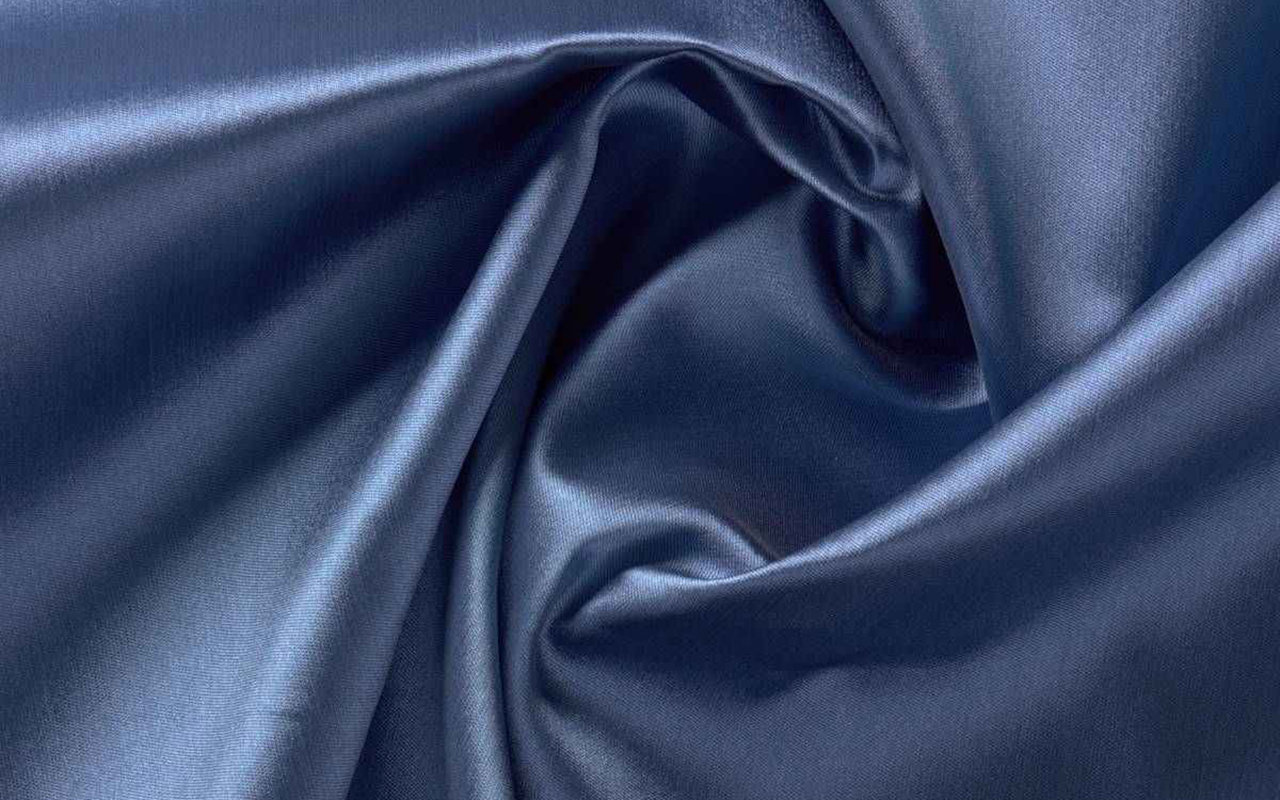
Sequins
This fabric does not need presentations. Sequins are the true protagonists of women’s wardrobe, displaying their brilliance throughout decades. Whether day or night, on any occasion, sequins add luminosity and are linked to luxury and glamour.
Its historical legacy dates back to ancient times, when these tiny shiny pieces were used in clothing in Ancient Egypt, adding sparkles to the clothing of that era. However, their revival occurred in the 1920s, during the Jazz Age and the swinging twenties, becoming symbols of opulence and sophistication. Its heyday came in the 1930s, when Hollywood stars began wearing dresses decorated with this fabric on red carpets. Since then, sequins have been synonymous with glamour and a certain extravagance. World-renowned designers, from Coco Chanel to Versace, have incorporated this shiny fabric into their creations, cementing its status as a timeless element in luxury fashion.
What defines sequins is their ability to transform any garment into a masterpiece of shiny elegance. These small pieces, usually made of metal, plastic or reflective material, are sewn into patterns to create a dazzling visual effect. Its shine, often associated with the light of gala evenings, has been an essential component in evening fashion and haute couture.
Today, sequins have transcended festive occasions, conquering urban fashion with contemporary proposals that adapt to any style.
Find the sequins that suit your style.
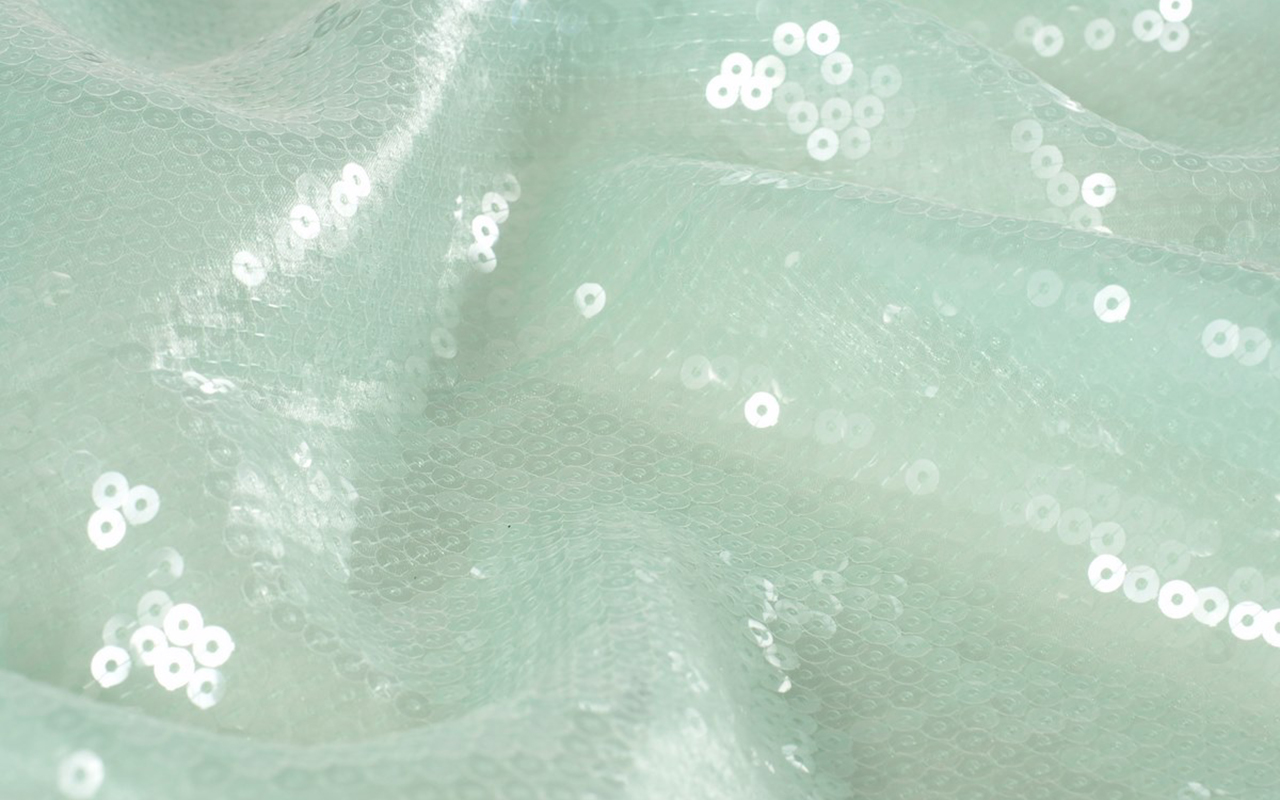
Floral jacquard
Floral Jacquard is a textile masterpiece that fuses technical skill with elements inspired by nature. Originating from France, this fabric is distinguished by its elaborate relief pattern. The key lies in its technique, named after Joseph Marie Jacquard, which has left a distinctive mark on the history of fabric making, becoming a symbol of luxury and sophistication.
In the 19th century, its inventor introduced an innovative weaving machine that revolutionized the textile industry by allowing the creation of intricate and detailed patterns. This pioneering technology took fabric manufacturing to new levels, enabling the precise reproduction of ornamental motifs and complex designs.
What makes Jacquard weaving unique is its ability to generate raised patterns with a variety of colours and textures. This process is achieved by carefully combining threads of different colours and types, creating a three-dimensional work of art in each thread. The resulting texture is rich and luxurious, providing a unique visual depth to the fabric. Jacquard has also earned its place in the fashion world thanks to its versatility in design. From haute couture suits to more casual garments, Jacquard has spread into a wide range of garments that incorporate everything from geometric patterns to the most exquisite floral motifs.
Add a touch of romanticism and femininity to your creations with these floral Jacquards.
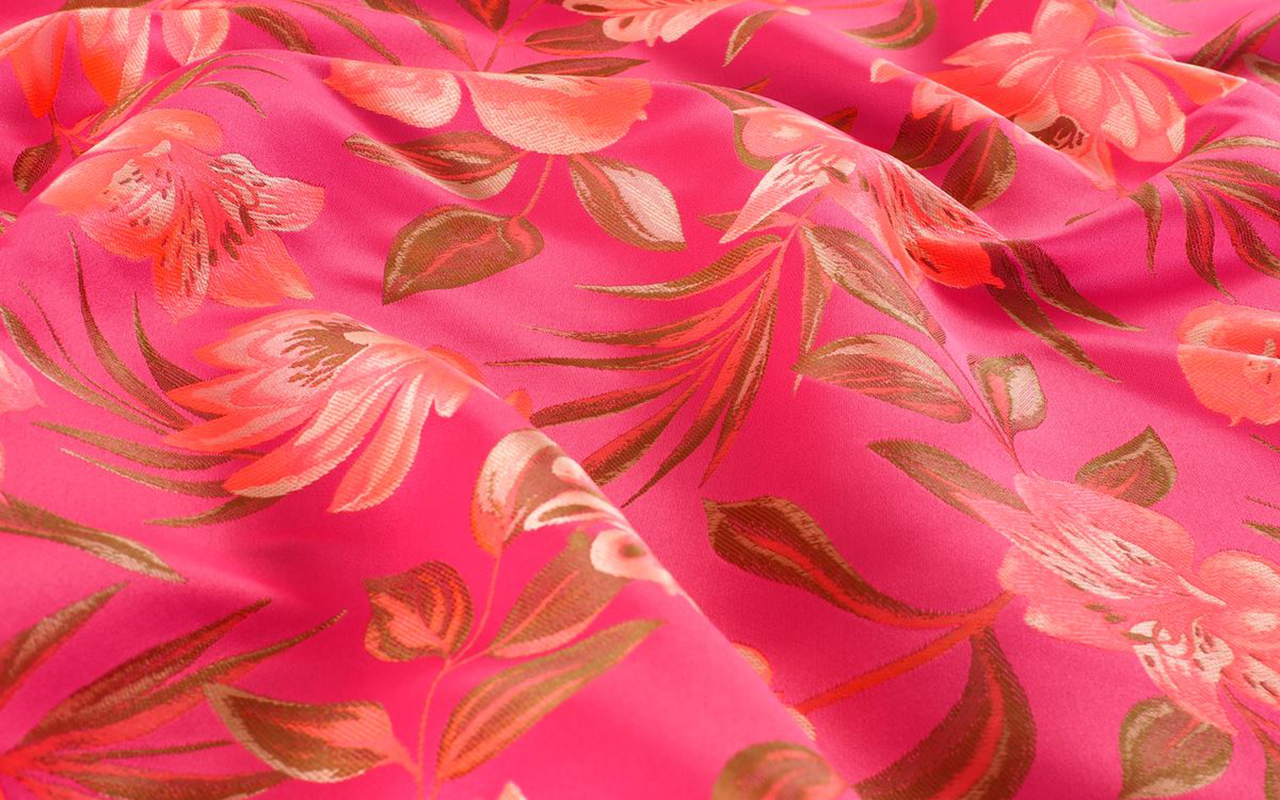
Houndstooth
The houndstooth fabric is one of those timeless classics that resists ephemeral trends to become a symbol of elegance and style. Its history dates back to the 19th century in Scotland, where local weavers created it with care. Initially known as houndstooth , the pattern is distinguished by abstractly shaped blocks that evoke the footprints of a rooster. Over time, this pattern transcended Scottish borders, becoming an iconic element in global fashion.
What gives houndstooth pattern items their distinctive appeal is their ability to combine simplicity and sophistication. Typically composed of repeating black and white blocks, the pattern creates a bold and balanced visual effect. The versatility of this fabric is manifested in a wide range of garments, from suits and coats to skirts and accessories, adapting to both formal environments and casual outfits. From the catwalks to the streets, houndstooth continues to be a stylish choice that evokes an air of classic sophistication.
At Gratacós we recommend this houndstooth fabric.
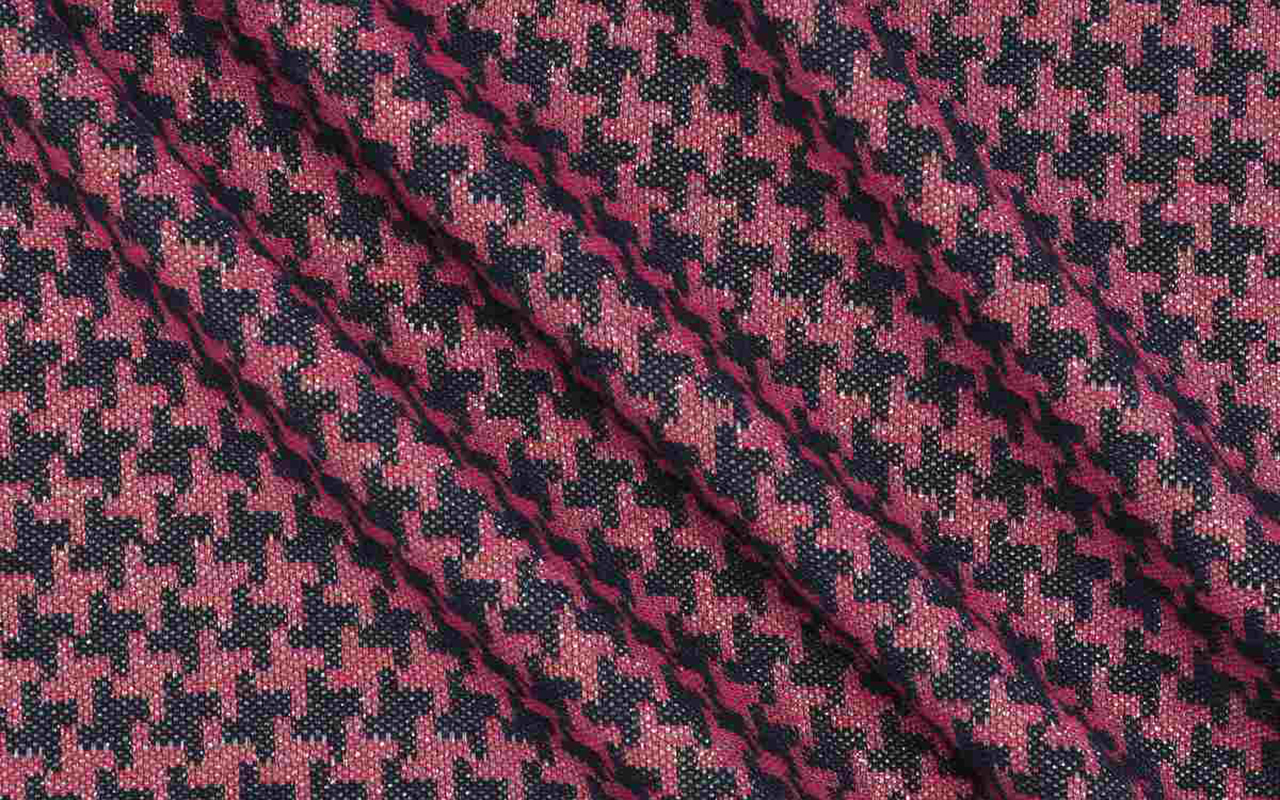
A storm of snow and fashion
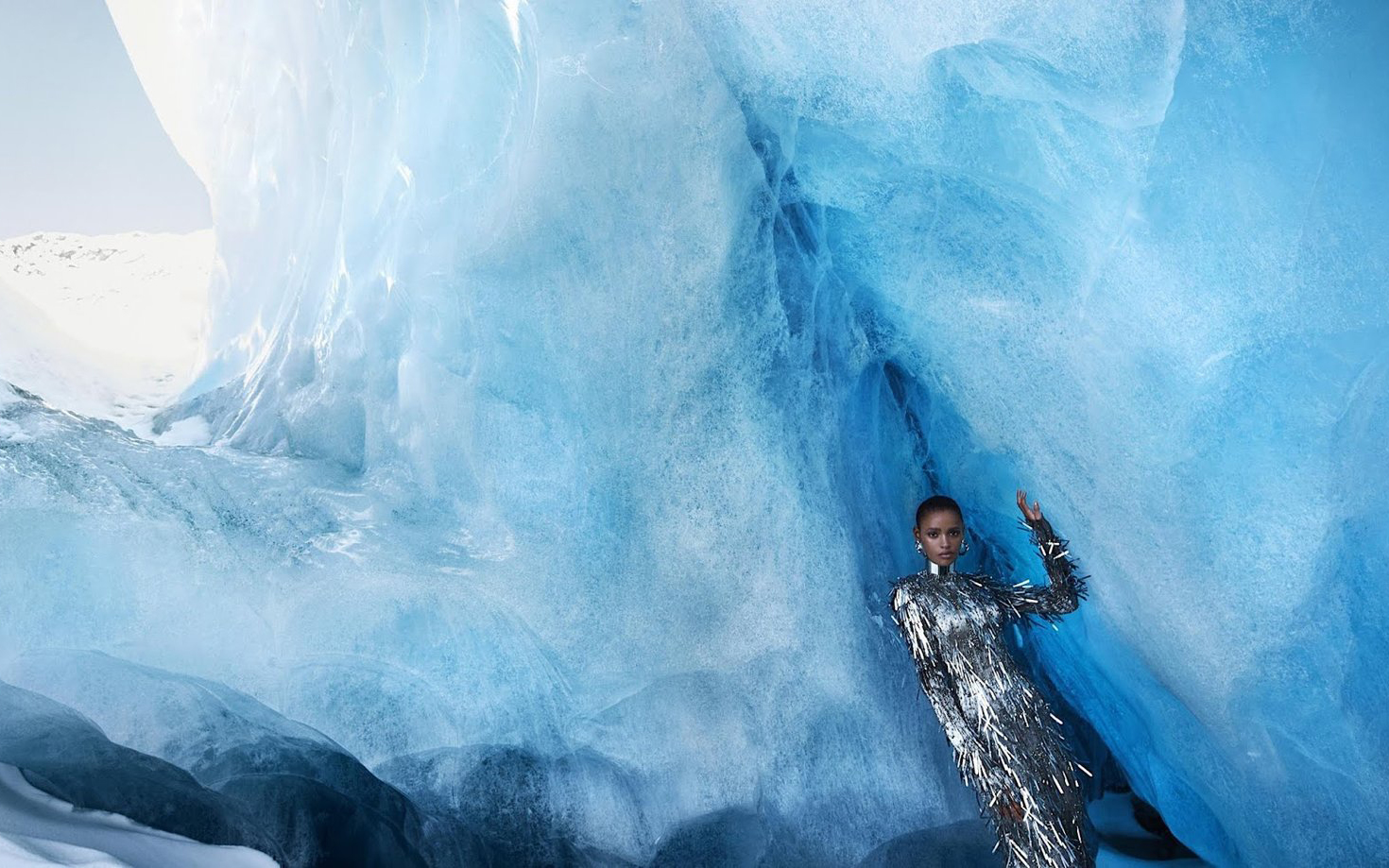 Aya Jones by Txema Yeste for Harper’s Bazaar US. September 2019
Aya Jones by Txema Yeste for Harper’s Bazaar US. September 2019
We start the new year by immersing ourselves in the coldest month of the calendar, when winter displays all its splendor. On this inspiring journey, we explore the dazzling glacial landscapes: the snowy roofs of our planet, the vast inhospitable expanses covered in a blanket of snow and ice, and the overwhelming poles, where sky and earth are barely distinguishable, and the spectrum of whites take over a homogeneous colour palette, where each small chromatic nuance is widely perceptible.
This frozen nature, with a rugged and wild character, where life struggles to make its way, is also loaded with beauty. In addition, it has recently gained notoriety thanks to film hits such as ‘The Snow Society’ by JA Bayona, which leads the Goya nominations, and series such as ‘Fargo’, which have once again brought Minnesota’s impressive landscapes to the fore. and North Dakota, making them perfect settings for criminal plots in each season.
Beyond a seasonal trend
Fashion has fallen in love with the appeal of icy universes, incorporating the influence of alpine clothing inspired by high mountain sports into its repertoire. This trend has been increasing in recent years, manifesting itself through après-ski collections that offer clothing and accessories both on and off the slopes. Initially promoted by the most prestigious brands in the sector, the strategy was later adopted by large fashion distributors, including Zara, which has launched its own ski collection.
Frozen landscapes have also served as a muse for numerous designers who find in these unknown, distant and mysterious environments, fresh sources of inspiration to structure their winter collections. A notable example is Zuhair Murad ‘s proposal in 2015, which transported the brand’s clients between snowy mountains, steep rocks and still unexplored corners. Murad, with his innate talent, managed to balance dreamy fabrics, inspired by the textures of snow, used in all his designs, and patterns with volumes that marked the waist. In 2021, Anthony Vaccarello of Saint Laurent presented his spring-summer collection in the frigid landscape of an Icelandic glacier. The models paraded among black volcanic rocks, mysterious vapors and gray waters with outfits that challenged the bourgeois codes of Saint Laurent.
More recently, Demna Gvasalia, creative director of Balenciaga, surprised the public at the presentation of his autumn-winter 2022/2023 collection by transporting them to a freezing snowstorm, surrounded by circular glass walls. The models, with languid steps and clothing reduced to improvised protection, paraded taciturnly in a frozen landscape marked by desolation. In this case, this icy setting served as Balenciaga’s artistic director to denounce the Ukrainian conflict.
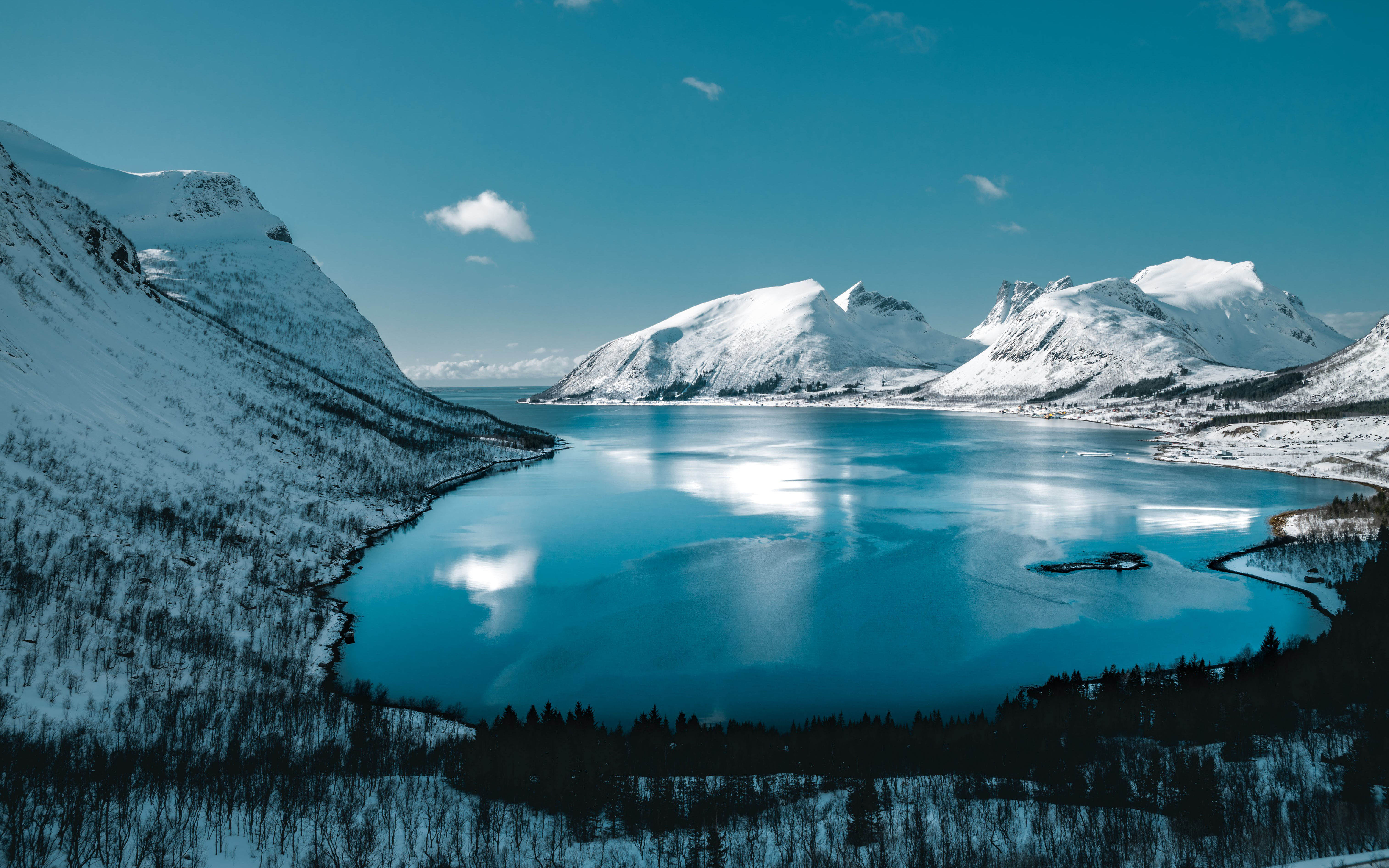
Gratacós is also inspired by the icy serenity of the glaciers
Gratacós delves into the dazzling aesthetic of glaciers to explore icy beauty through captivating fabrics that capture the serenity and elegance of icy landscapes. We let ourselves be inspired by pieces that evoke the purity of ice and virgin snow, as well as by those that dazzle with sequins or subtle sparkles and iridescence. Silk, the undisputed protagonist, unfolds with an ethereal fall reminiscent of the slowness with which ice moves.
Glacier fashion embraces textures that tell stories of intense cold. How? Through layers and folds that suggest superimposed blocks of ice, while the relief details provide a three-dimensional dimension, recreating the complexity of glaciers. Embroidered with silver threads and translucent crystals imitate the shine of sunlight on snow, adding a touch of sophistication to each fabric. Other fabrics embroidered with tulle and rhinestones could emulate layers of frozen snow. As for the relief, we imagine pleated or other fabrics with soft undulations that imitate the topography of glaciers, providing organic movement to the garments.
The colour palette of glacier fashion is inspired by the soft, cold tones of glaciers. Pure white and ice blue dominate the spectrum, creating a feeling of calm and freshness. We added touches of silver and pearl gray that represent the shimmer of light on the icy surface, while deep turquoise pays homage to the hues found in ice cracks. These colours, masterfully combined, reflect the serenity and majesty of glacial landscapes.
Find among the seasonal items in our online store, that icy inspiration we talked about so appropriate for the winter season.
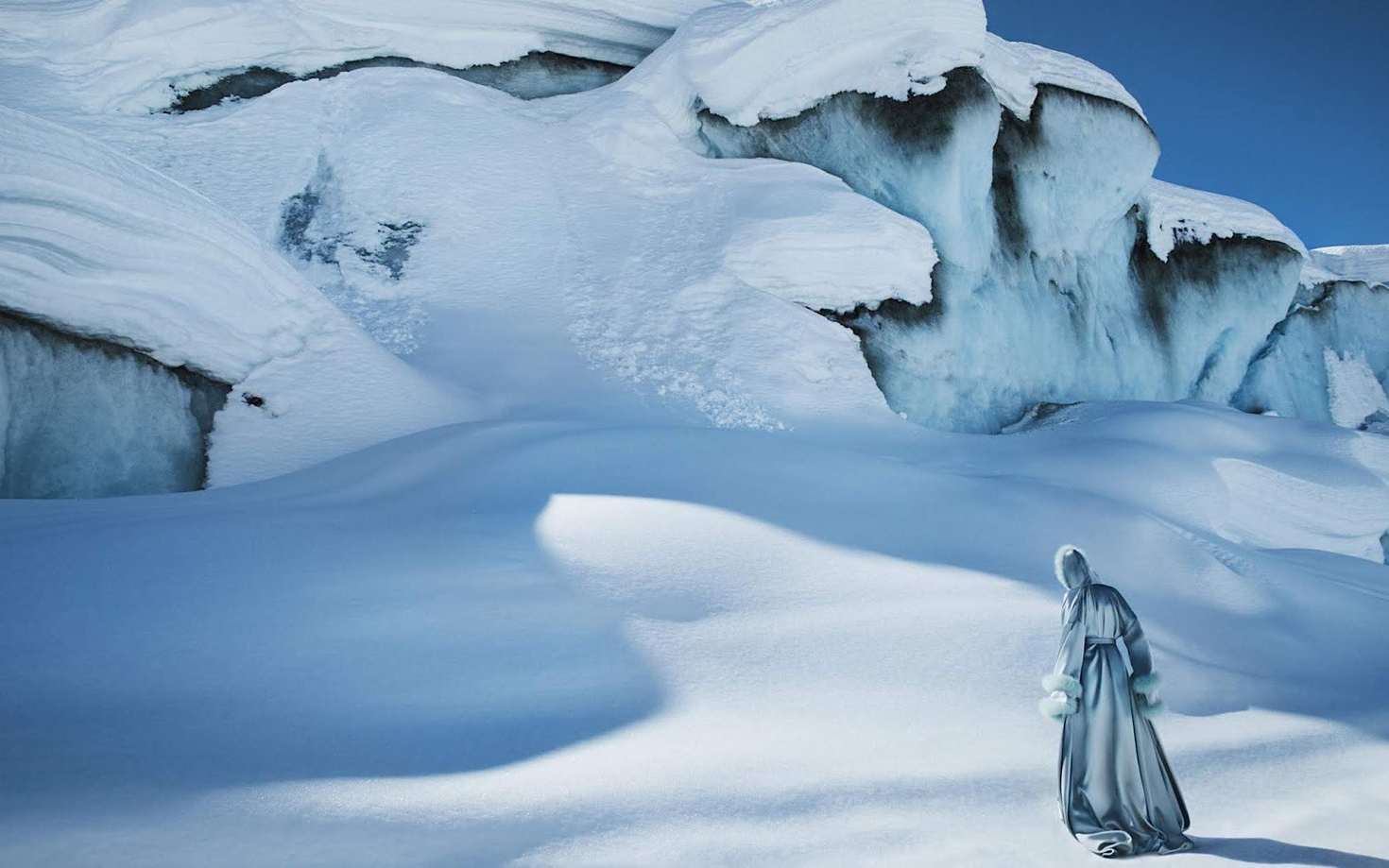
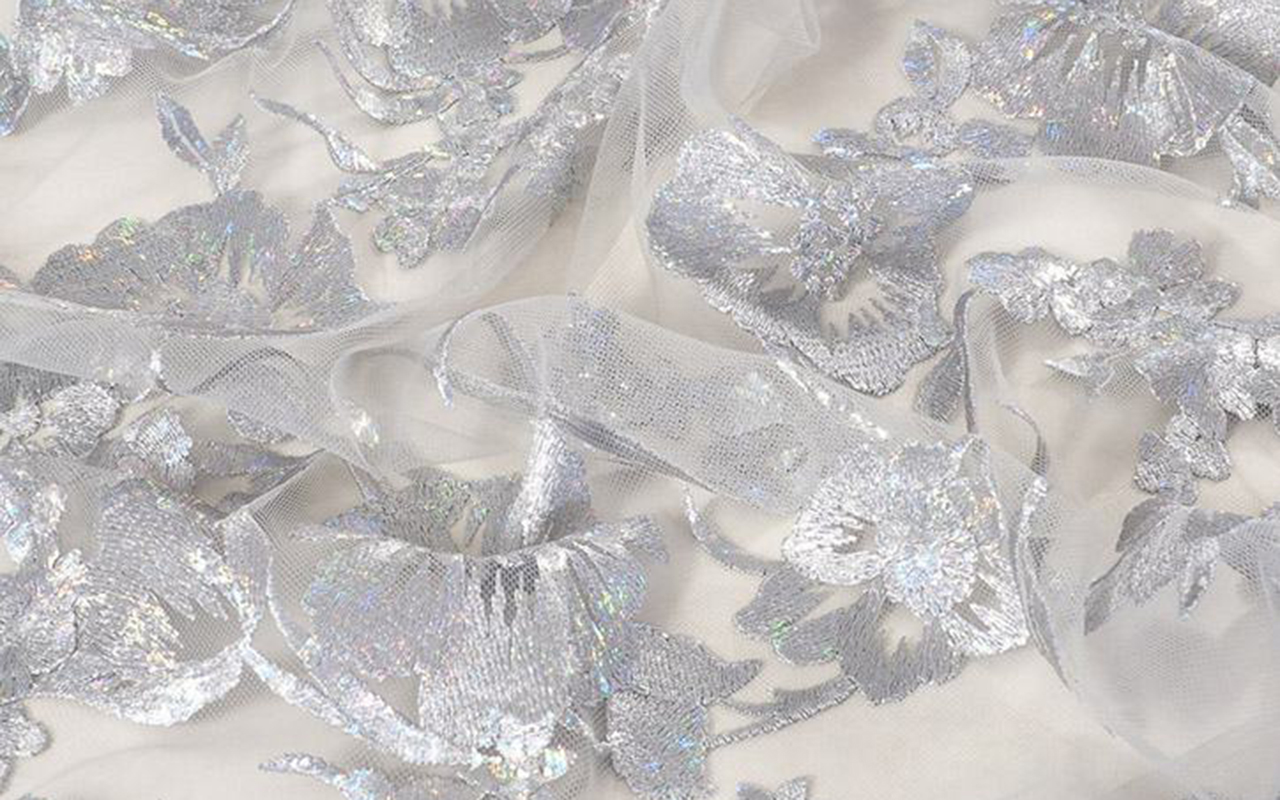

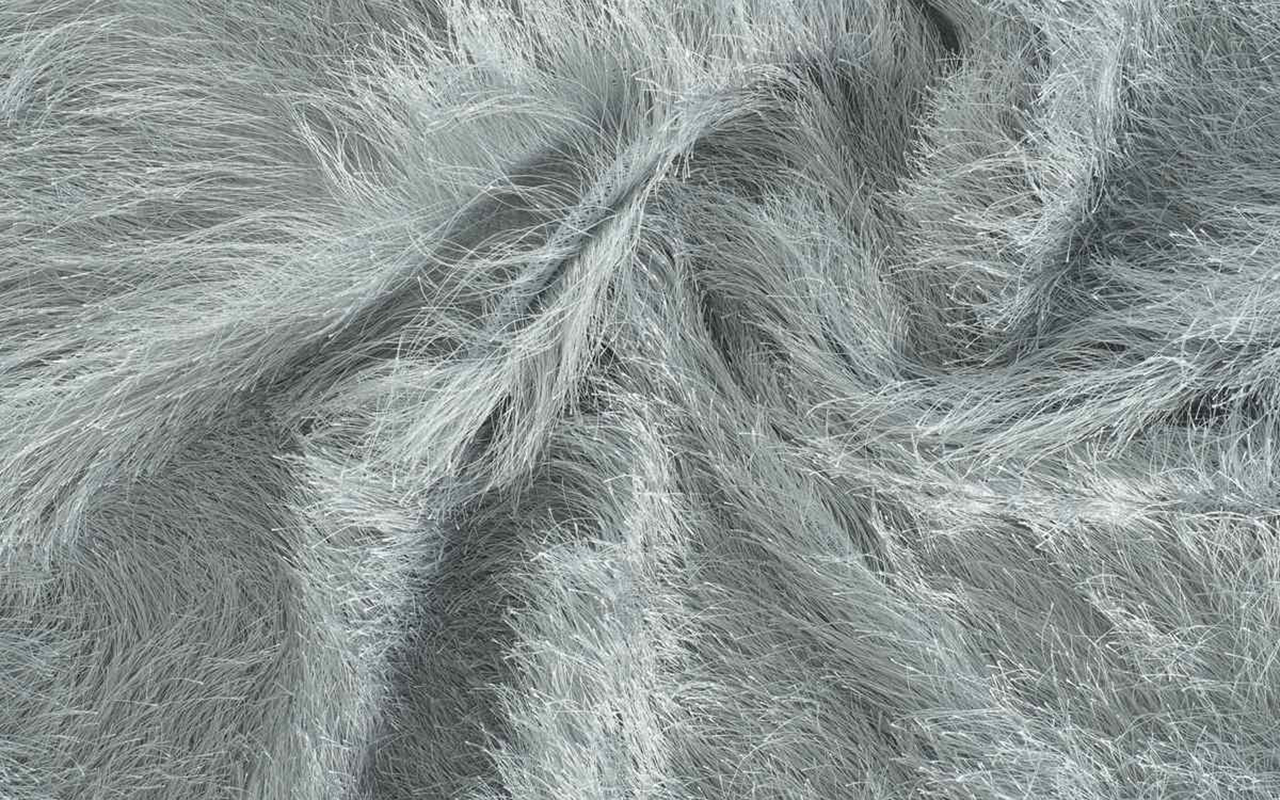
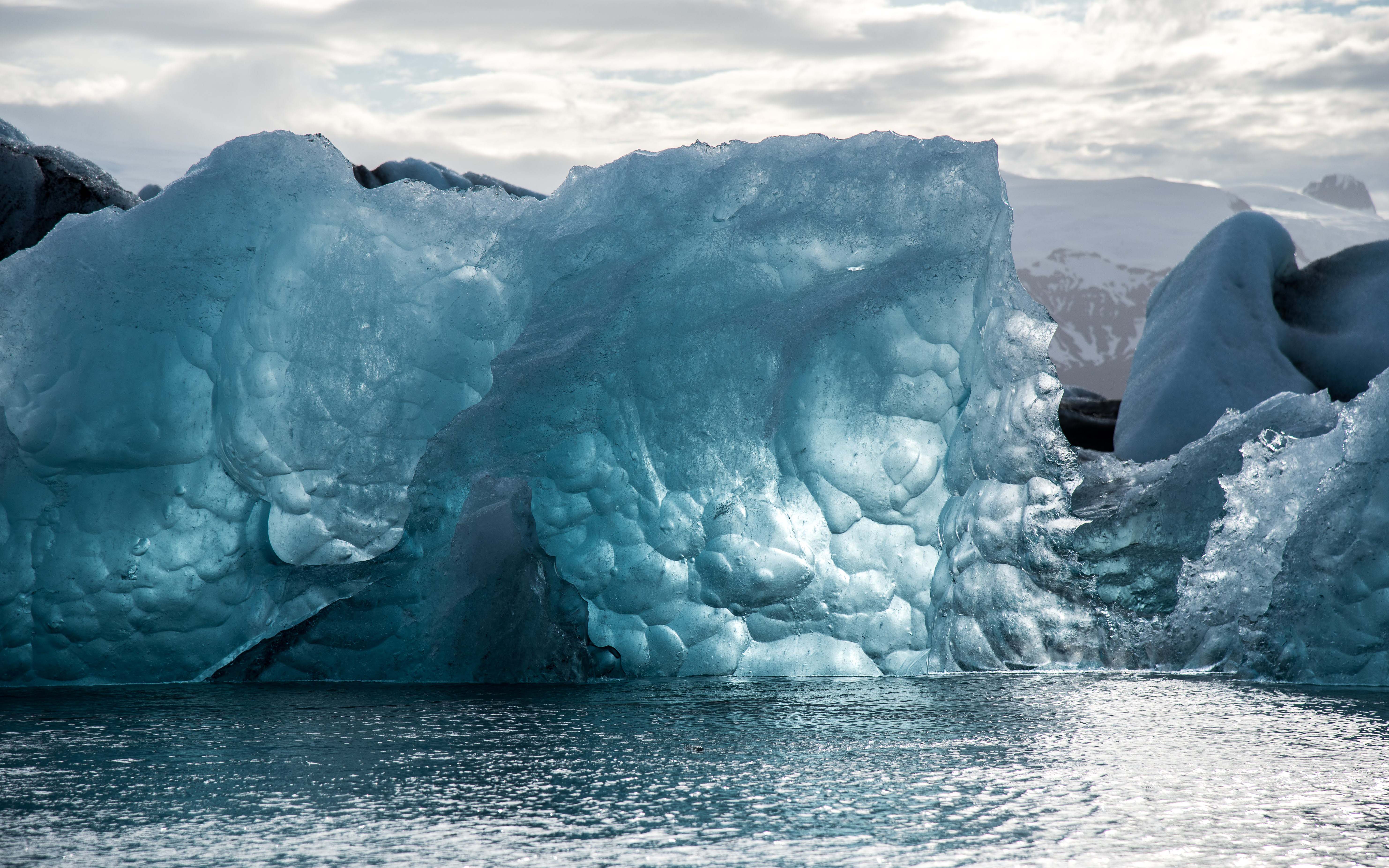
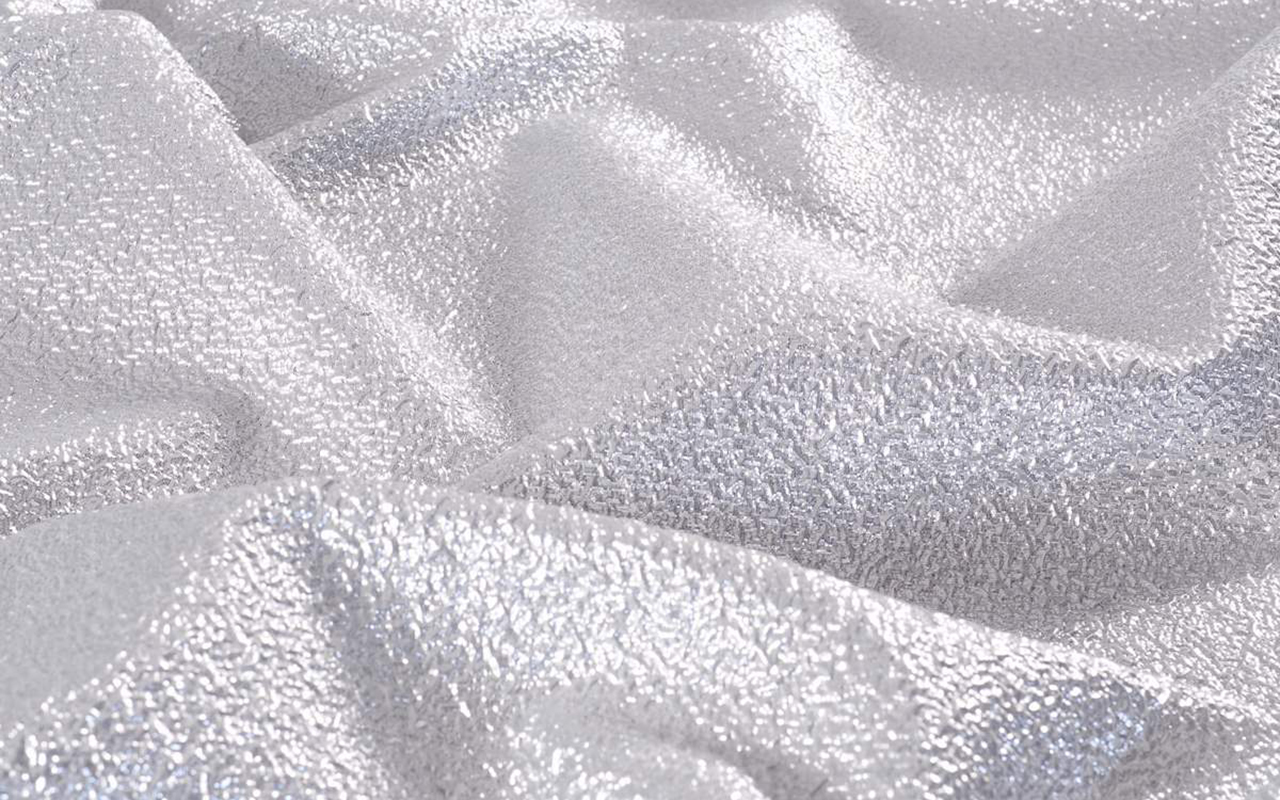
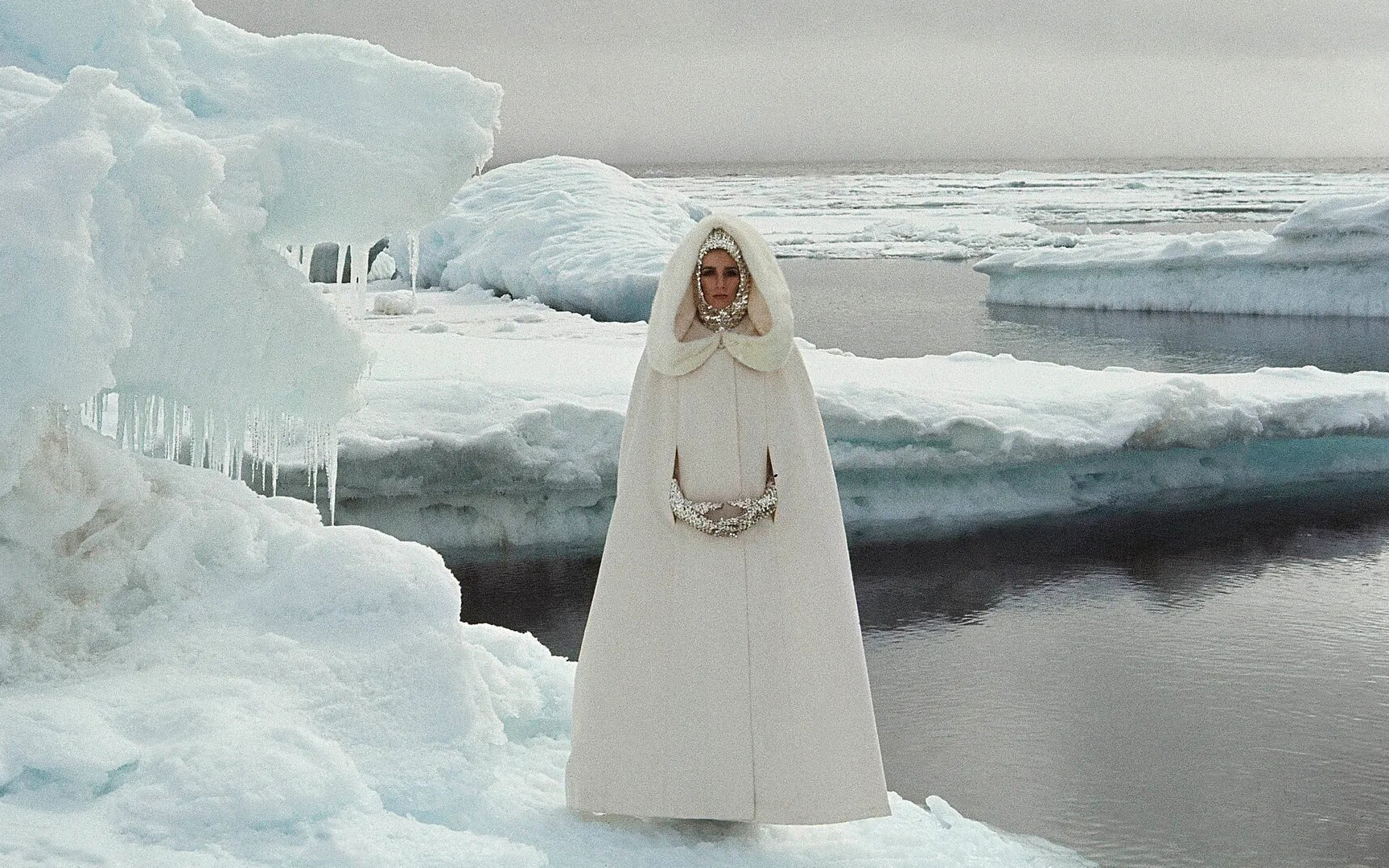
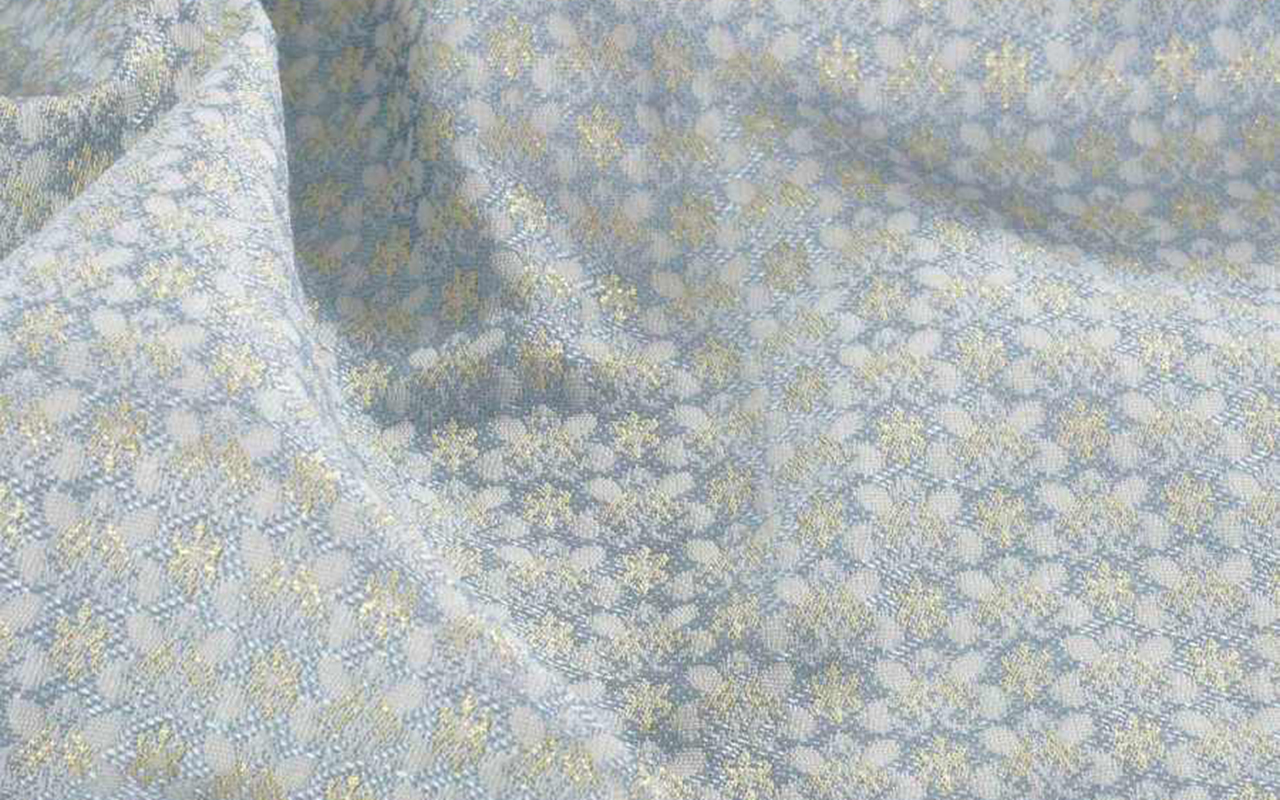
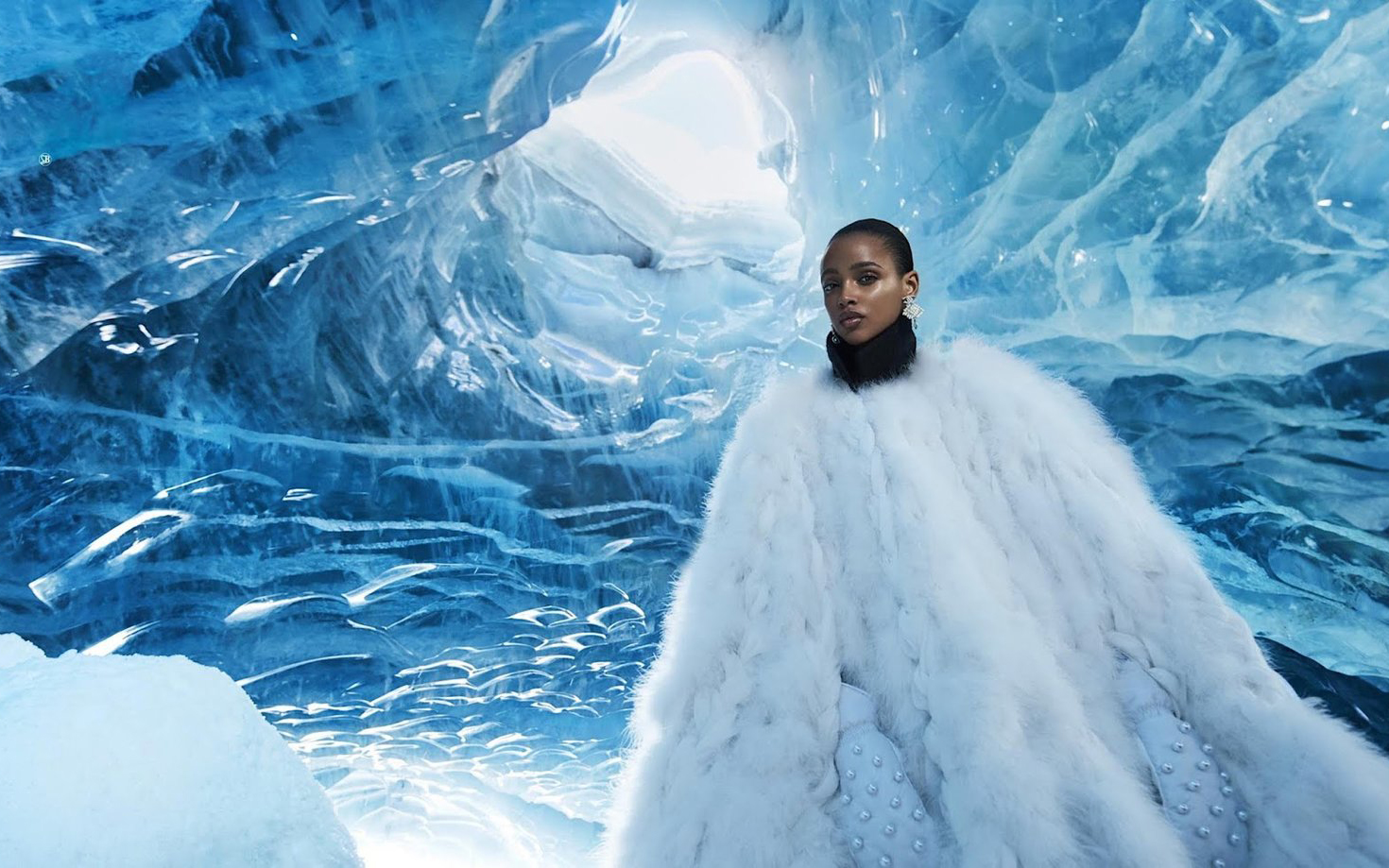
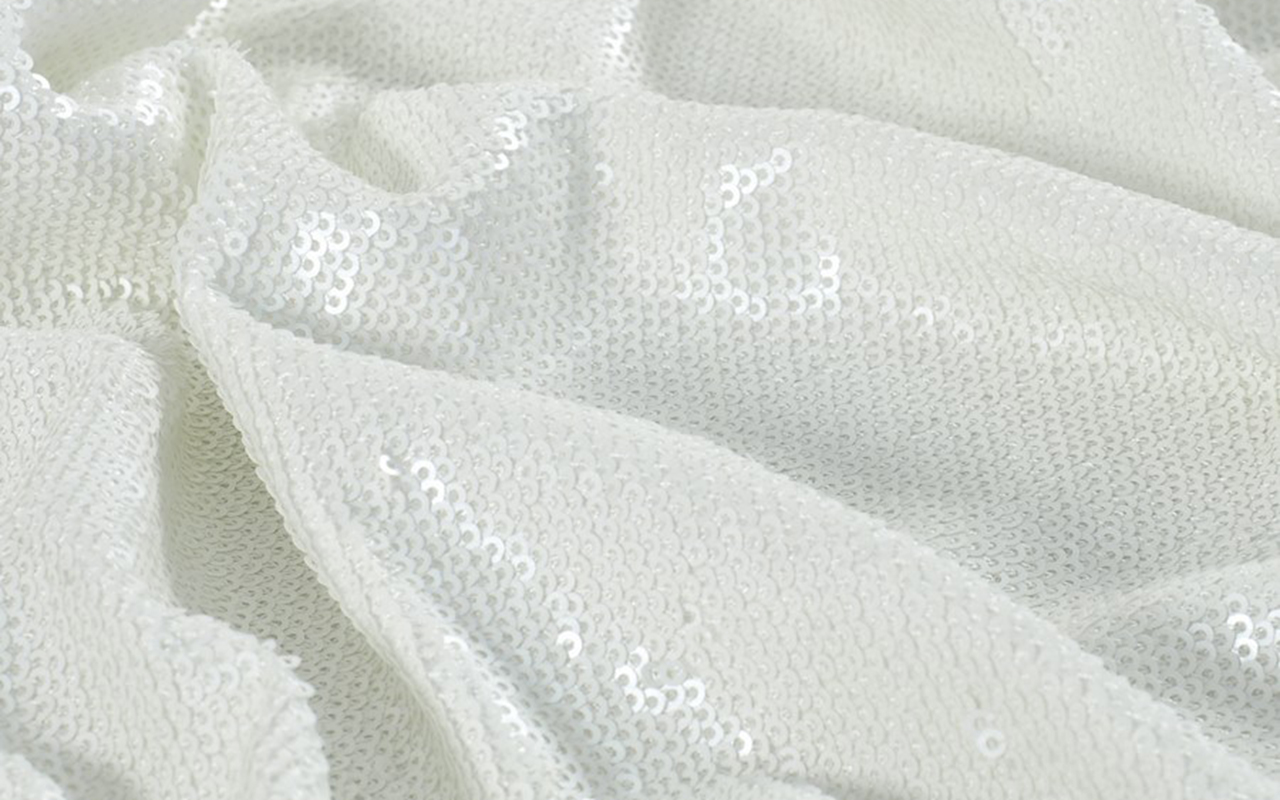
Peach Fuzz, the colour of 2024 according to Pantone
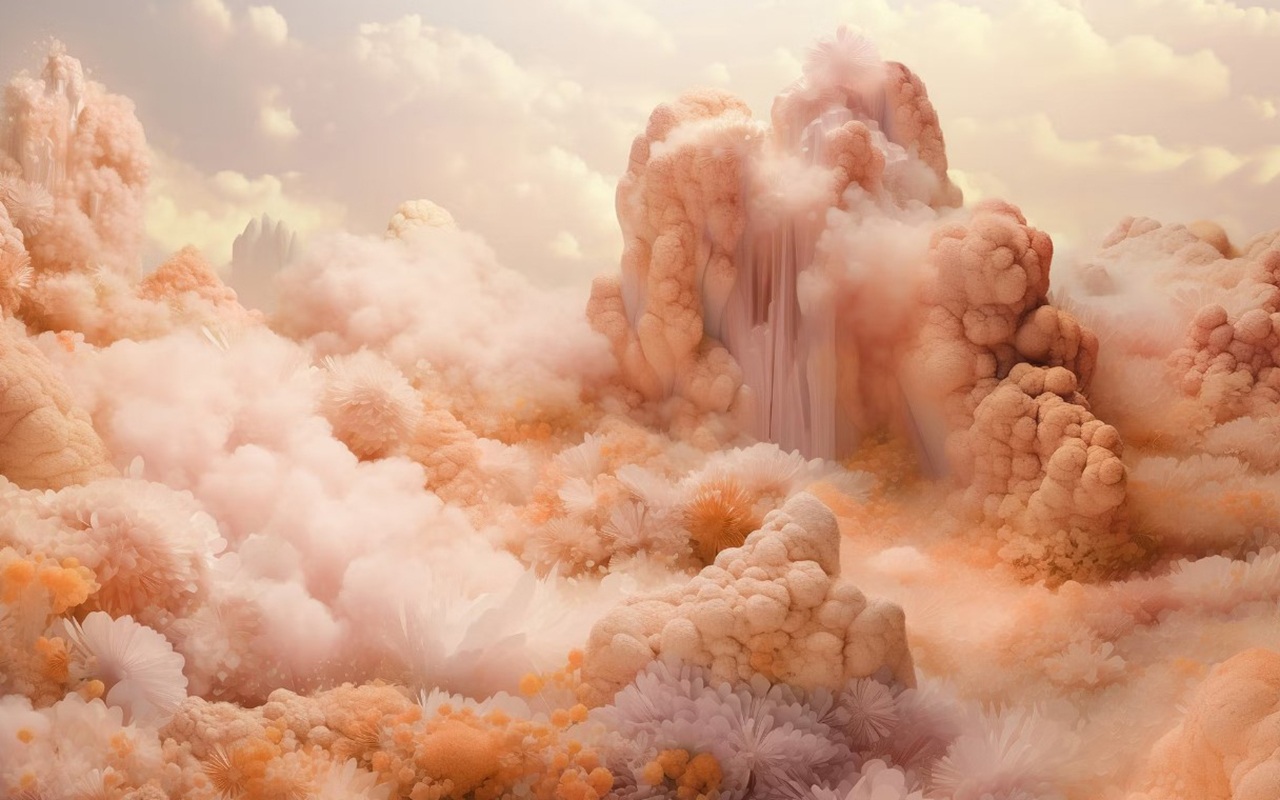 Pantone has established a tradition that colour enthusiasts eagerly await as a prelude to the Christmas holidays. It is about the choice of the shade that will set the direction of trends in 2024 and that will influence art, design, fashion, decoration or advertising, among other creative disciplines directed by professionals who draw on the latest developments on the market, also chromatic.
Pantone has established a tradition that colour enthusiasts eagerly await as a prelude to the Christmas holidays. It is about the choice of the shade that will set the direction of trends in 2024 and that will influence art, design, fashion, decoration or advertising, among other creative disciplines directed by professionals who draw on the latest developments on the market, also chromatic.
A sincere, tender and empathetic colour
Following its vocation of naming colours with subtly sensual names, Pantone has chosen the winner for next year. The colour in question is called Peach Fuzz 13-1023 and it is a peach shade that evokes sincerity and tenderness, and conveys, according to the world authority on colourimetry, a desire to take care of ourselves and others. A soft and velvety shade whose enveloping spirit enriches the mind, body and soul. This is how Laurie Pressman, vice president of the Pantone Colour Institute, explains it in a statement about the colour that will take over everything in 2024. “We were looking for a hue that expresses our innate desire for closeness and connection, so we chose this radiant colour that exudes warmth and modern elegance. It is a colour that exudes empathy, wraps us in a hug that we can almost feel and naturally combines the youthful with the imperishable.” This warm and comforting tone stimulates the desire to unite with others or have moments of stillness, and the feeling of protection that this generates.
The tone of calm and inner peace
According to Pantone, Peach Fuzz 13-1023 is an alluring peachy hue, carefully balanced between pink and orange, that inspires belonging, relaxation and the opportunity to care, evokes calm and offers a space in which to live, feel, heal and prosper. Therefore, the colour of 2024 is comforting and encourages inner peace and well-being. Peach Fuzz 13-1023 has both an idea and a sensation and stimulates all the senses, as it makes one perceive its tactility and envelops people in its warmth.
A modern tone that takes refuge in nostalgia
Peach Fuzz 13-1023 is a sweet and light colour that evokes a new modernity. It focuses on the human experience of enriching and caring for the mind, body and soul, but it is also a subtly sophisticated, modern and deep peach tone, with a soft but effective luminosity that fills the digital world with beauty. A poetic, romantic peachy shade that conveys cleanliness and a vintage feel, Peach Fuzz 13-1023 reflects the past, but reimagined for modern settings. This last characteristic makes it especially interesting for the world of design and decoration.
The meaning of colour in an unstable context
Peach Fuzz 13-1023 is the colour that replaces Viva Magenta, which was chosen as the colour of 2023. The reasons given were: “A tone rooted in nature that vibrates with energy and vigor. “That descends from the red family and expresses a new sign of strength.” So, now we move from strength to warmth.
“When our lives are affected by instability, our need to care and to have empathy and compassion grows even more, as well as to imagine a future that brings more peace,” Laurie Pressman explains this meaning of the colour that we will see in the coming months throughout Instagram and Pinterest boards, aswell as, probably in the next trends in both fashion and decoration. “In a world where productivity and external achievements are often emphasized, it is crucial to recognize the importance of taking care of our inner self and seeking moments of calm, creativity and connection with other people in the midst of the hustle and bustle of modern life,” adds the vice president of the Pantone Colour Institute. Give value to the bonds, affection and home: “The colour we selected had to express our desire to be close to our loved ones and the happiness we feel when we connect with our own being and enjoy a moment of quiet alone. It had to be a colour that conveyed an enveloping warmth and a message of compassion and empathy,” argues Laurie Pressman.
25 years setting trends in colour
In 2024 it will be 25 years since the Pantone Colour Institute began putting colour on the sensory and creative map for the following year. It was in 1999 when the Pantone Colour of The Year educational program engaged the design community around the world in a conversation about colour. “We wanted to emphasize the relationship between culture and colour to make our audience aware of how what is happening in our global culture is expressed and reflected through colour language,” explains Pressman again. In this first session, a clear winner emerged: cerulean blue (Pantone 15-4020), a shade that returned to the stage thanks to the film ‘The Devil Wears Prada’ and Meryl Streep’s famous speech on how the fashion industry works. “Over the years, the Pantone Colour of the Year program has become a cultural touchstone around the world and has stimulated the imagination of many designers, brands and consumers,” explains Pressman.
To decide on each year’s selection, the Pantone Colour Institute team travels the world in search of new colour influences. They can be found in the entertainment industry (film, television series and even music), works of art and new artists. Of course, in fashion and design, but also in more aspirational places or concepts, such as travel destinations that are starting to become a trend, lifestyles, new technologies and materials, textures or effects (yes, like Instagram filters). that generate interest or capture attention in some way.
What began as a catalogue with 500 colours that served as a guide for graphic arts has grown in such a way that its influence on upcoming trends is comparable to what the biggest celebrity of the moment looks like on the cover of Vogue magazine. The Pantone guide already has more than 2,000 references that are updated every 18 months, with new, more precise shades being added to the list.
Another way to express the evolution as a society
Colour plays a fundamental role in people’s experience. It has a close relationship with emotions and the expression of feelings and its nuances can also be seen in how the story evolves year after year with its cycles of rise and fall. The impact of colour is also noticeable in the world of fashion, in the colours of cosmetics, in household items, in automotive and industrial design, and in products, packaging, multimedia design and retail interiors. “We are very pleased to have encouraged designers and colour enthusiasts around the world to tell their stories through colour language and show their creativity in their communities. We hope to continue doing this for many more years ,” concludes Pressman.
At Gratacós we also wanted to pay our particular tribute to Peach Fuzz 13-1023 with a selection of collection fabrics in peach tones so that you can think about a possible design for this 2024. You will find them here : Give free rein to your imagination!
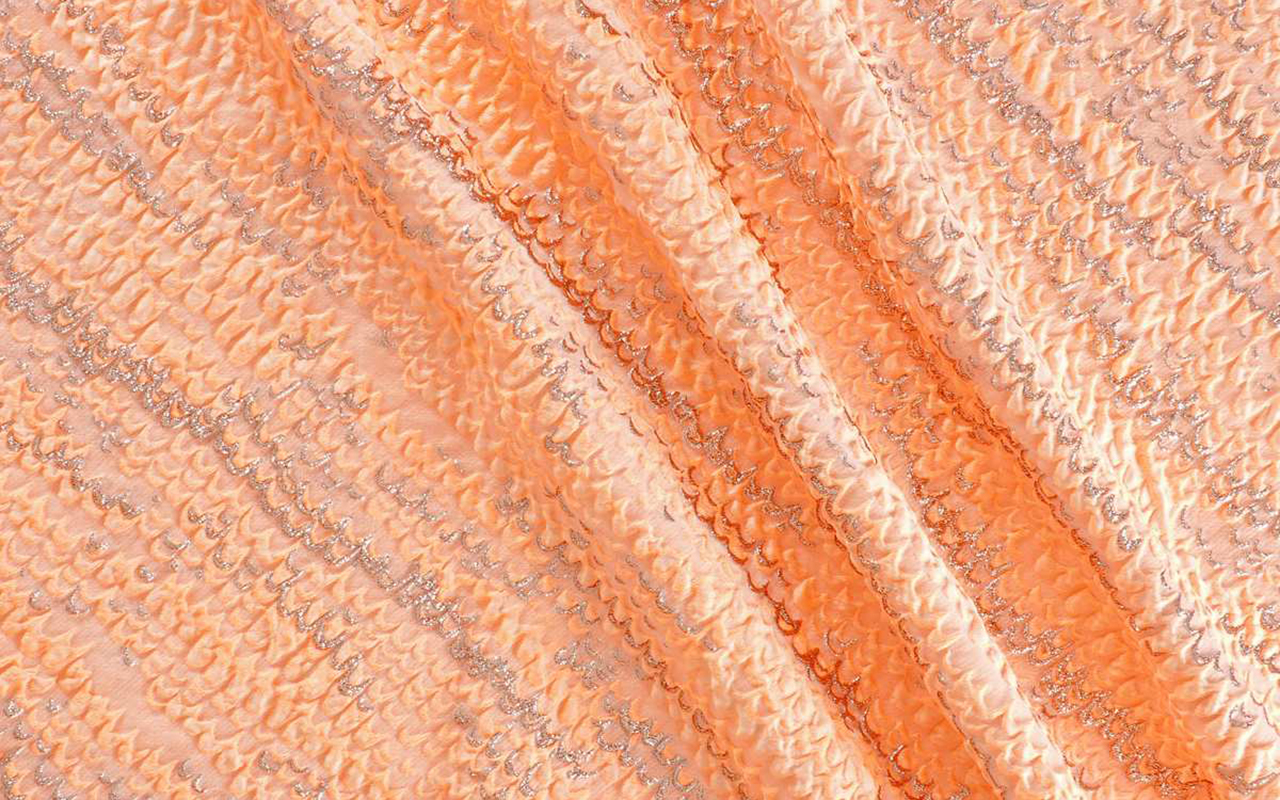
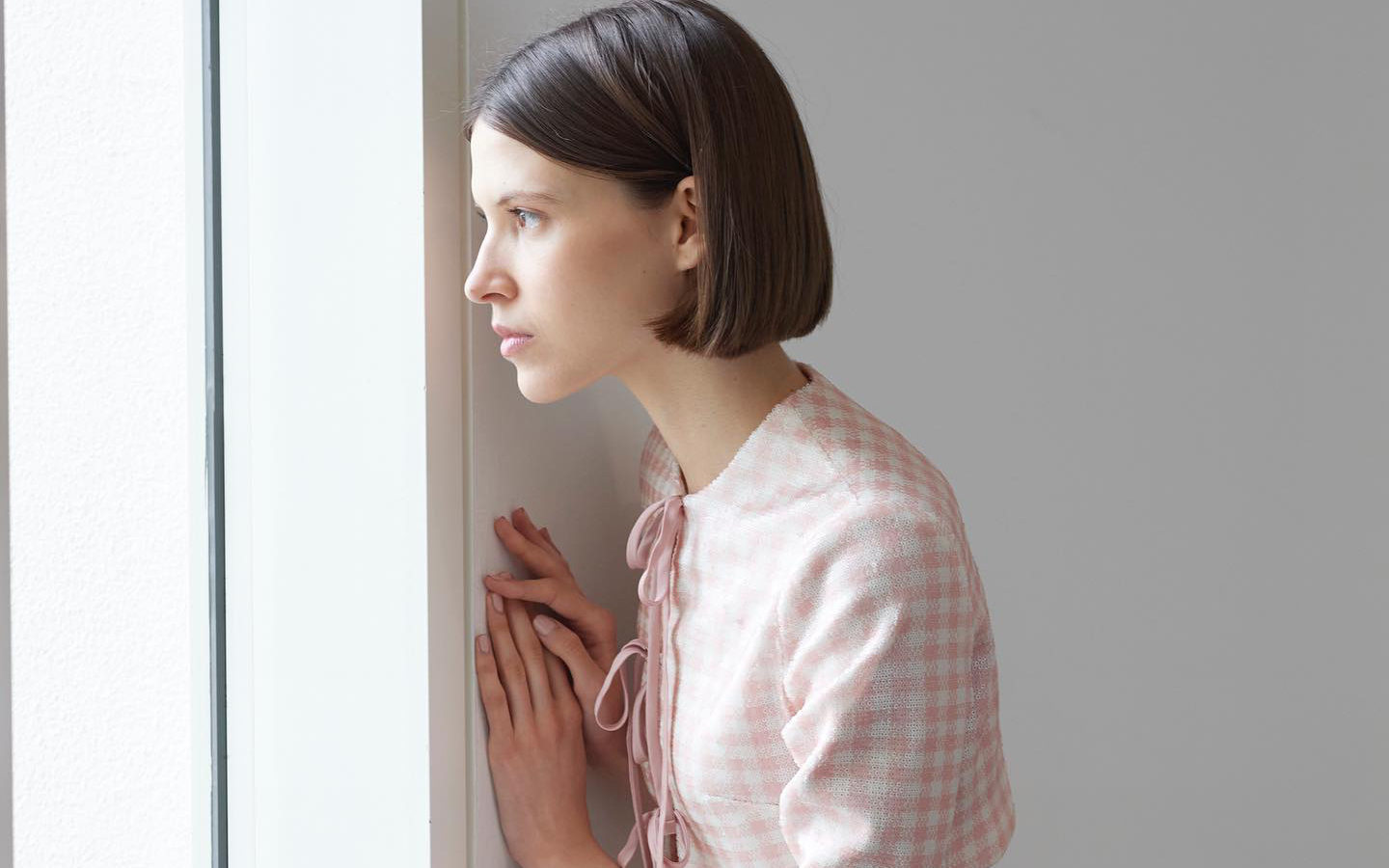

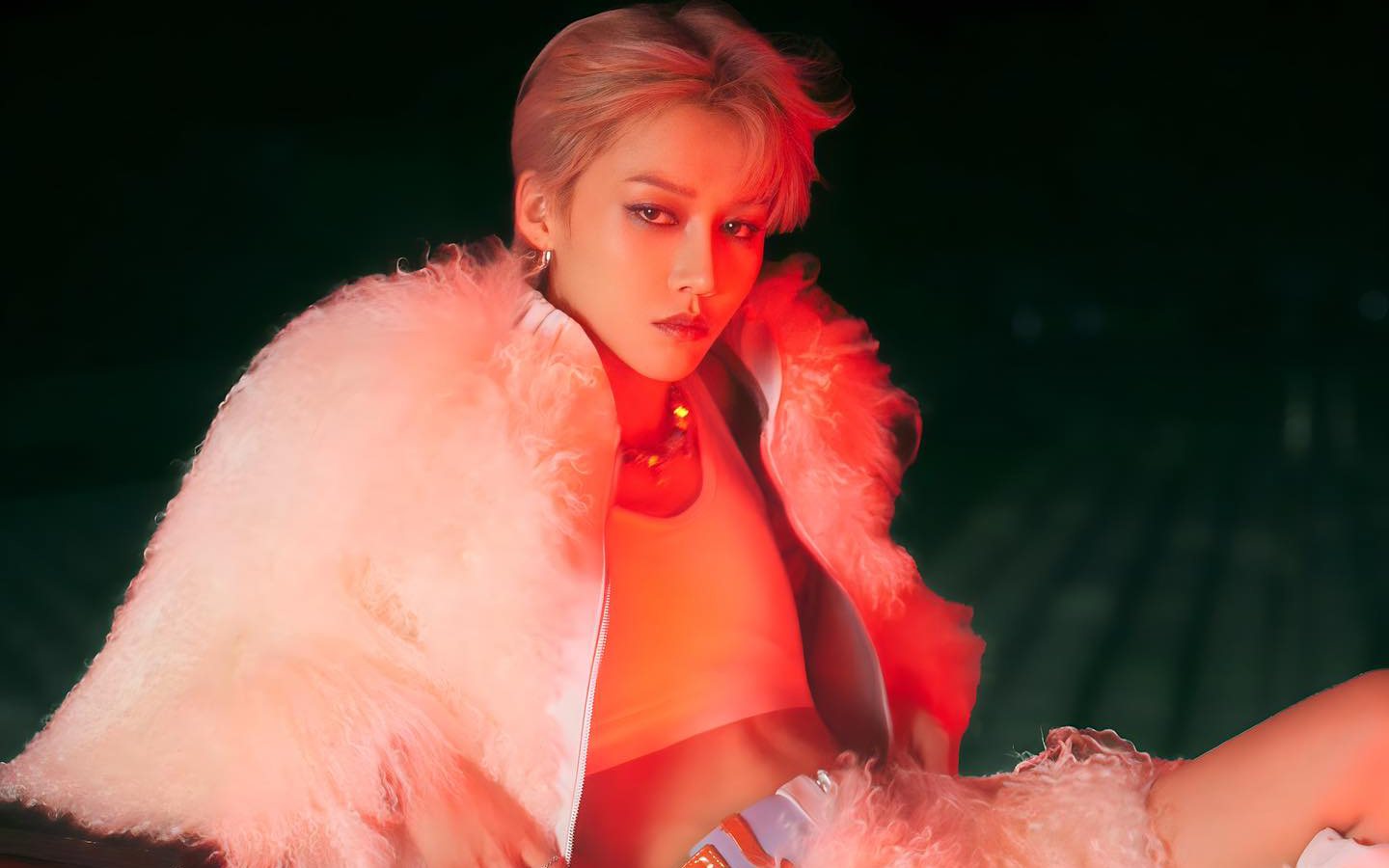
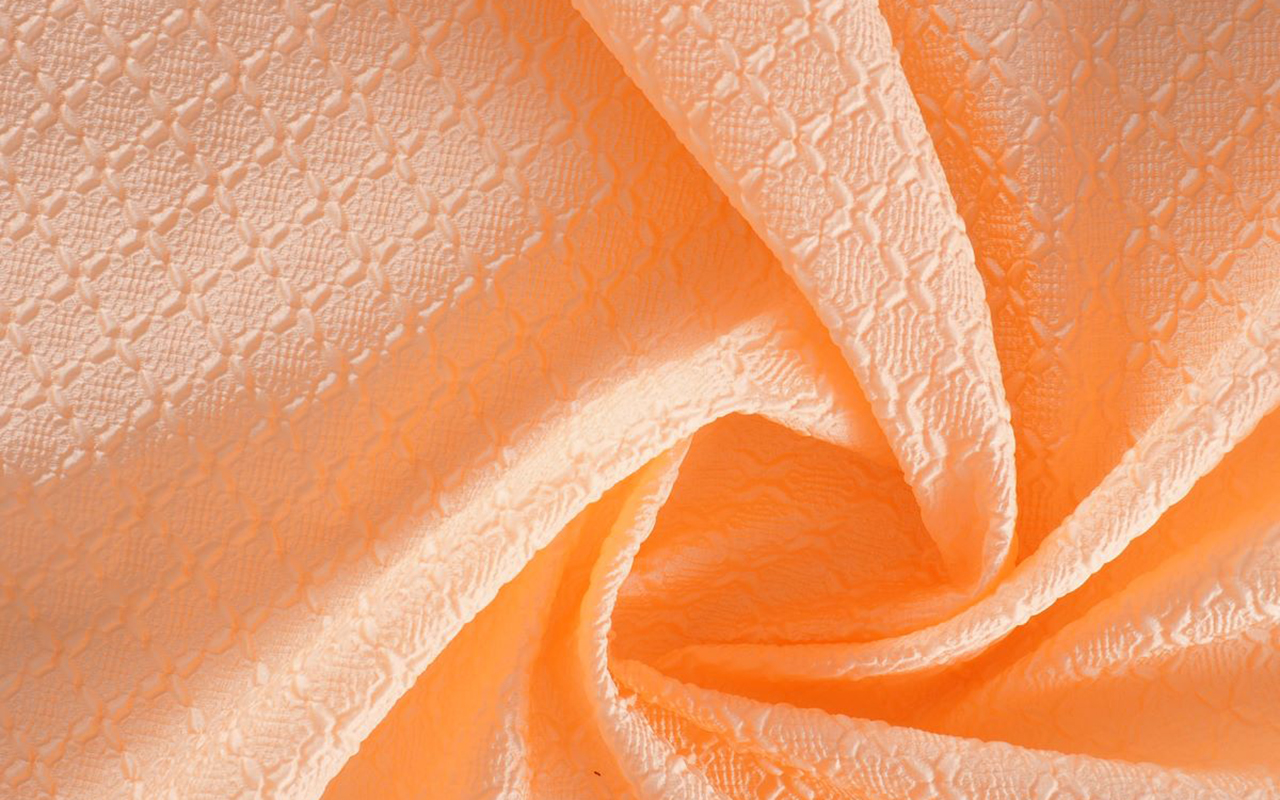
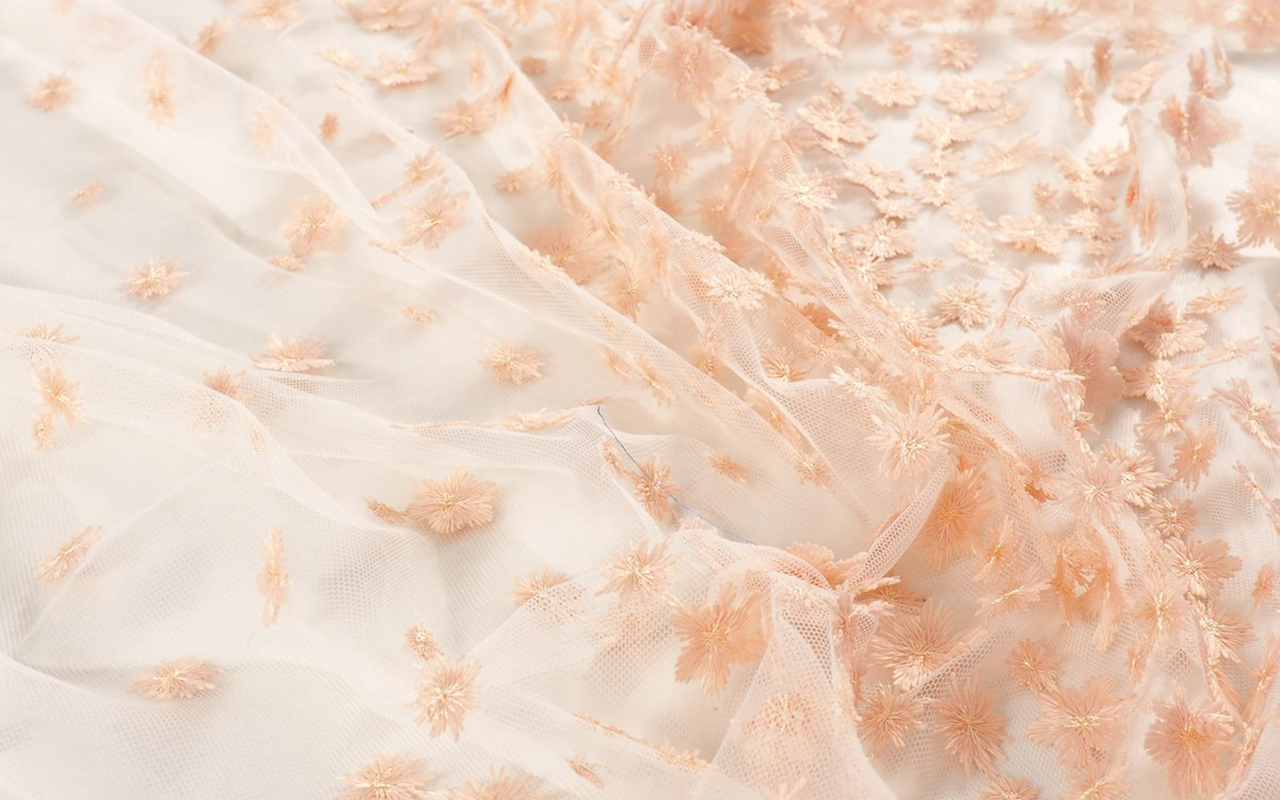
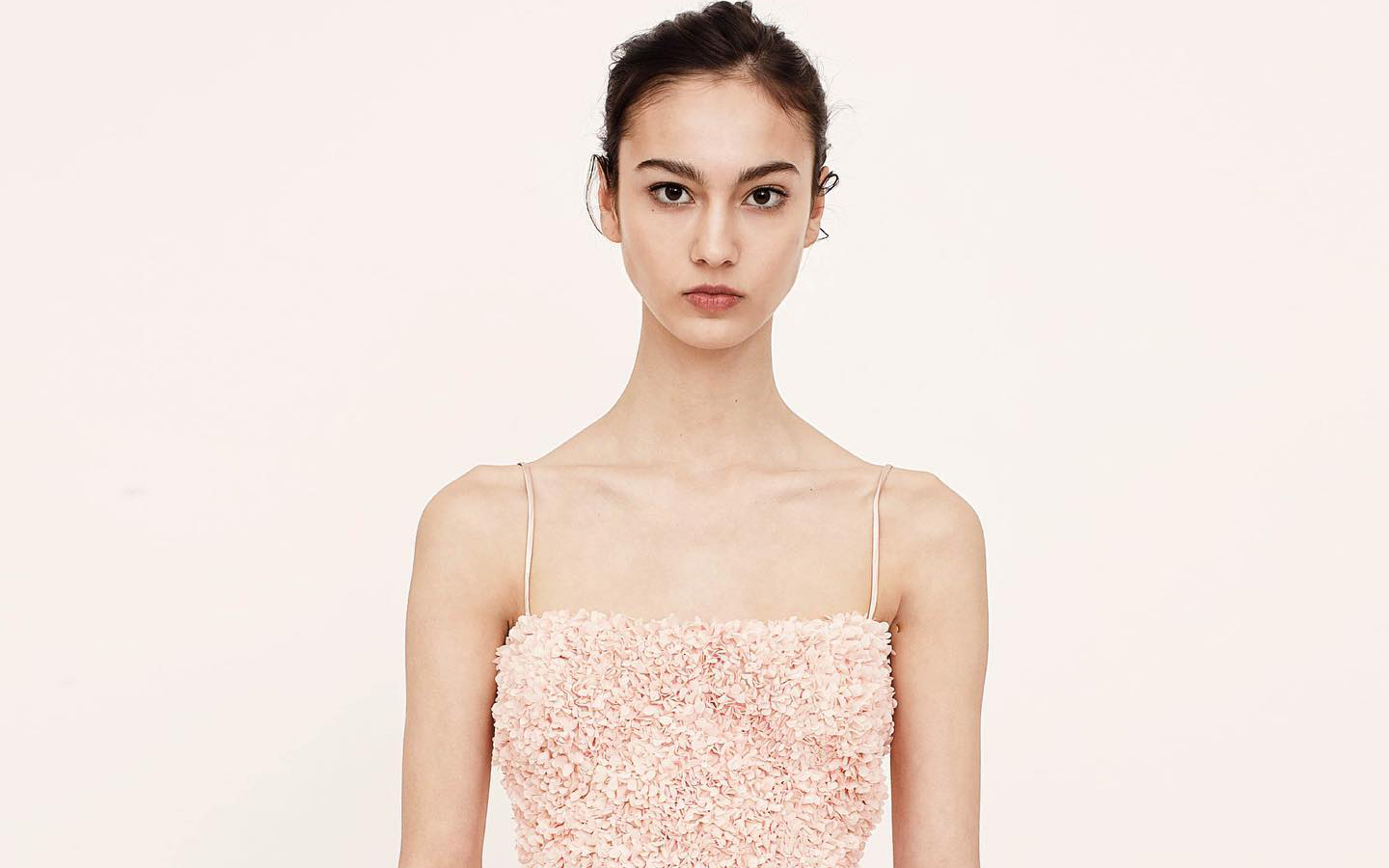
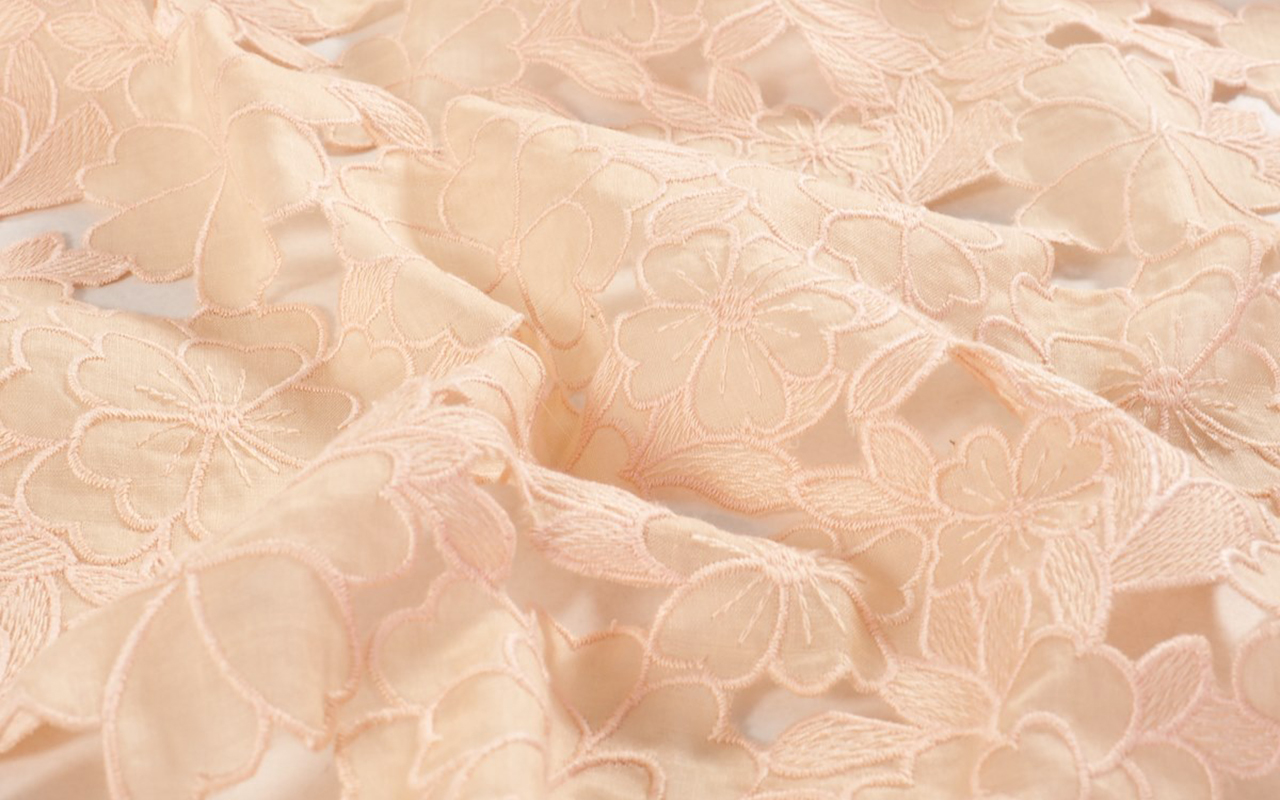
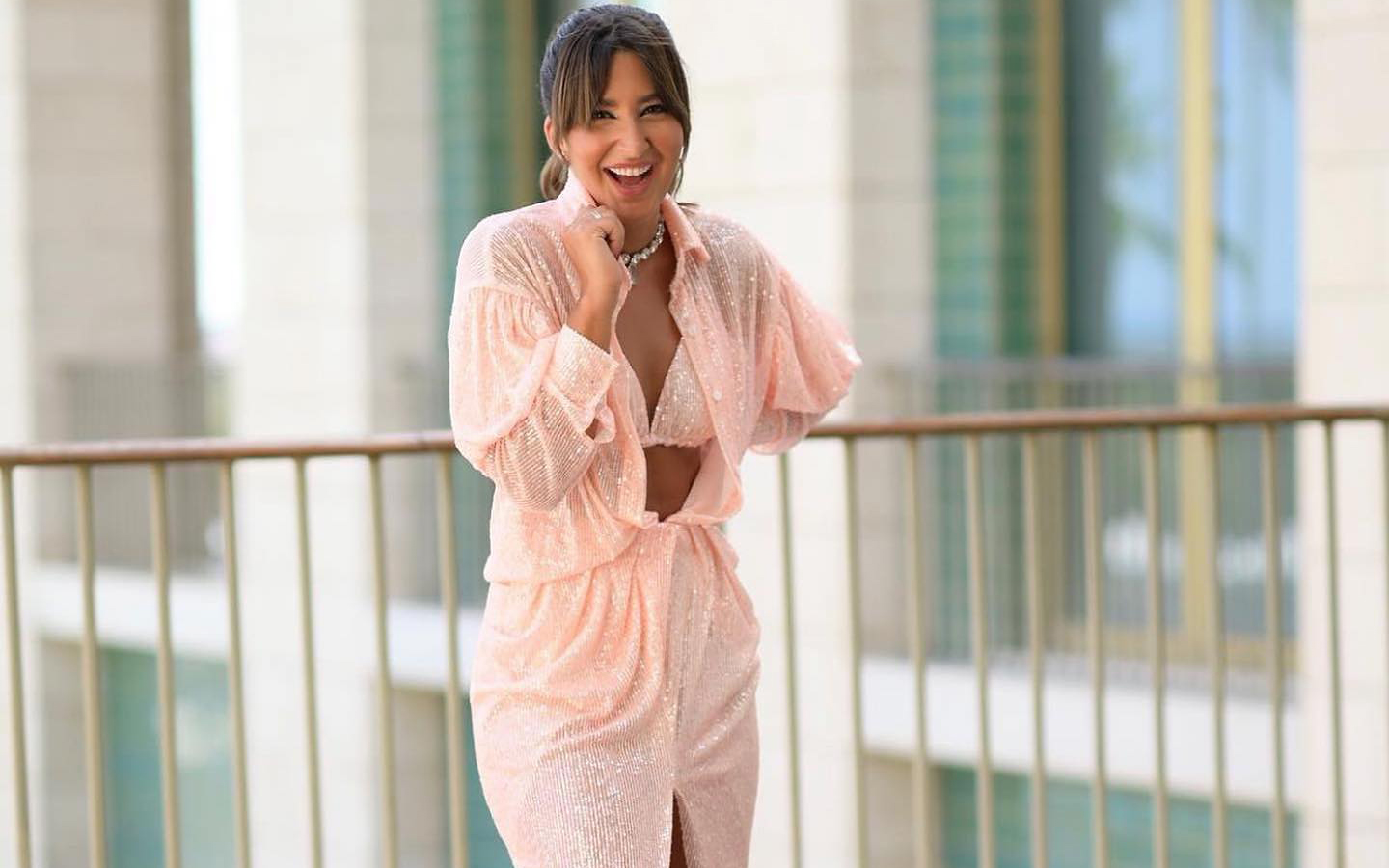
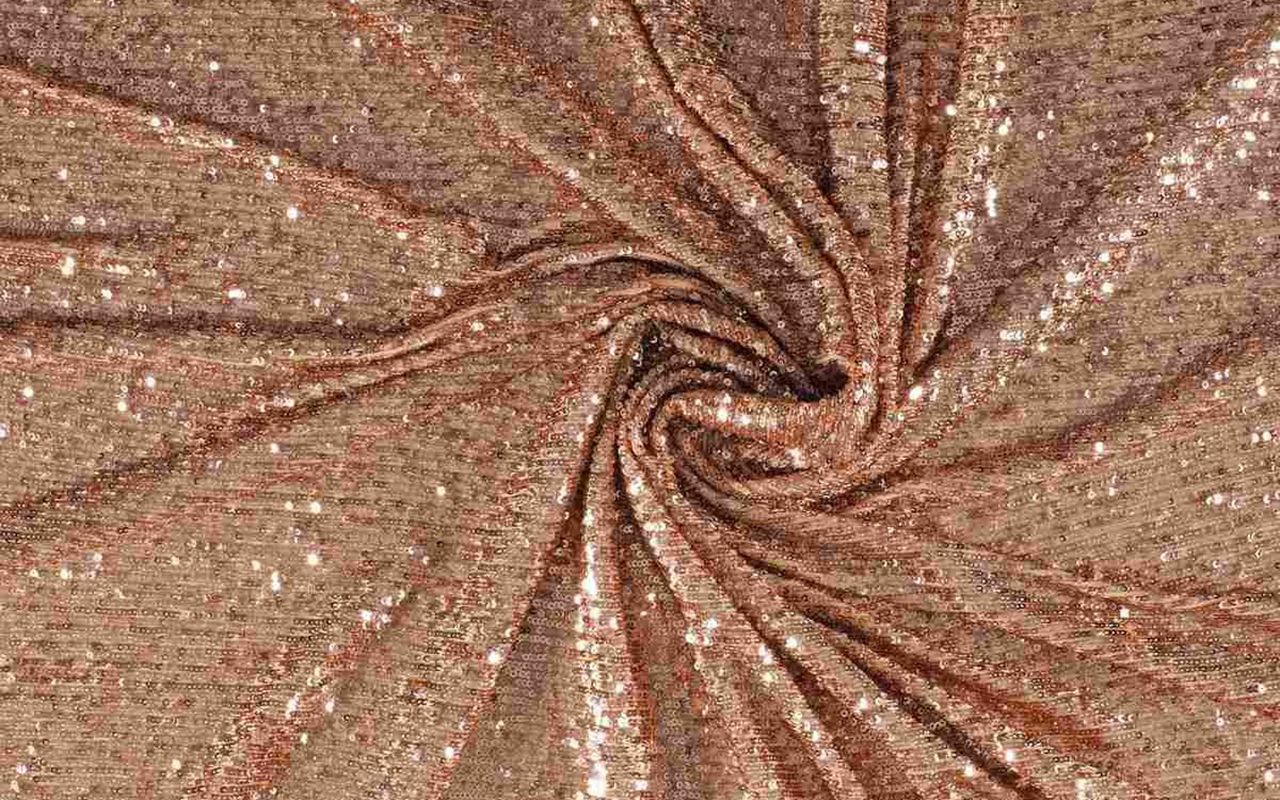
Un color sincero, tierno y empático
Siguiendo su vocación de bautizar los colores con nombre sutilmente sensuales, Pantone ha elegido el ganador para el año que viene. El color en cuestión se llama Peach Fuzz 13-1023 y es una tonalidad melocotón que evoca sinceridad y ternura, y transmite, según la autoridad mundial en cuestiones de colorimetría, un deseo de cuidar de nosotros y de los demás. Una tonalidad suave y aterciopelada cuyo espíritu envolvente enriquece la mente, el cuerpo y el alma. Así lo explica Laurie Pressman, vicepresidenta del Pantone Color Institute, en un comunicado sobre el color que lo teñirá todo en 2024. “Buscábamos una tonalidad que expresara nuestro deseo innato de cercanía y conexión, así que escogimos este radiante color que rebosa calidez y elegancia moderna. Es un color que despide empatía, nos arropa en un abrazo que casi podemos sentir y aúna con toda naturalidad lo juvenil con lo imperecedero”. Este tono cálido y reconfortante estimula el deseo de unión con los demás o de tener momentos de quietud, y la sensación de protección que esto genera.
El tono de la calma y de la paz interior
Según Pantone, Peach Fuzz 13-1023 es una atractiva tonalidad amelocotonada, cuidadosamente equilibrada entre el rosa y el naranja, que inspira pertenencia, relajación y la oportunidad de cuidar, evoca calma y ofrece un espacio en el que se puede vivir, sentir, sanar y prosperar. Por lo tanto, el color de 2024 es reconfortante y fomenta la paz interior y el bienestar. Peach Fuzz 13-1023 tiene tanto de idea como de sensación y estimula todos los sentidos, ya que hace percibir su tactilidad y envuelve a las personas en su calidez.
Un tono moderno que se refugia en la nostalgia
Peach Fuzz 13-1023 es un color dulce y ligero que evoca una nueva modernidad. Se centra en la experiencia humana de enriquecer y cuidar de la mente, el cuerpo y el alma, pero también es un tono melocotón sutilmente sofisticado, moderno y profundo, con una luminosidad suave pero efectiva que llena de belleza el mundo digital. Un tono amelocotonado, poético y romántico que transmite limpieza y una sensación vintage, Peach Fuzz 13-1023 refleja el pasado, pero reimaginado para ambientes modernos. Esta última característica la hace especialmente interesante para el mundo del diseño y la decoración.
El significado del color en un contexto inestable
El Peach Fuzz 13-1023 es el color que substituye el Viva Magenta, que fue elegido como color de 2023. Lo defendían así: “Un tono arraigado en la naturaleza que vibra con energía y vigor. Que desciende de la familia roja y expresa una nueva señal de fuerza”. Así, ahora pasamos de la fuerza a la calidez.
“Cuando nuestra vida se ve afectada por la inestabilidad, crece aún más nuestra necesidad de cuidar y de tener empatía y compasión, así como de imaginar un futuro que traiga más paz”, explica de nuevo Laurie Pressman sobre el significado del color que veremos en los próximos meses a lo largo y ancho de todo Instagram y de tableros de Pinterest, así como, probablemente en las próximas tendencias tanto de moda como de decoración. “En un mundo en el que se suele enfatizar la productividad y los logros externos, es crucial reconocer la importancia de cuidar de nuestro interior y buscar momentos de calma, creatividad y conexión con otras personas en medio del ajetreo de la vida moderna”, añade la vicepresidente del Pantone Color Institute. Valorar los vínculos, el cariño y el hogar: “El color que hemos seleccionado tenía que expresar nuestro deseo de estar cerca de nuestros seres queridos y la felicidad que sentimos cuando conectamos con nuestro propio ser y disfrutamos de un momento de quietud a solas. Tenía que ser un color que transmitiera una calidez envolvente y un mensaje de compasión y empatía”, argumenta Laurie Pressman.
25 años marcando tendencias en color
En 2024 se cumplirán 25 años desde que Pantone Color Institute empezó a poner el color en el mapa sensorial y creativo del año siguiente. Fue en 1999 cuando el programa educativo Pantone Color of The Year involucró a la comunidad del diseño de todo el mundo en una conversación en torno al color. “Queríamos poner énfasis en la relación entre la cultura y el color para destacar ante nuestro público cómo lo que está ocurriendo en nuestra cultura global se expresa y refleja a través del lenguaje cromático”, explica de nuevo Pressman. En esta primera sesión salió un claro vencedor: el azul cerúleo (Pantone 15-4020), una tonalidad que volvió al estrado gracias a la película ‘El diablo viste de Prada’ y el célebre discurso de Meryl Streep sobre cómo funciona la industria de la moda. “Con los años, el programa Pantone Color of the Year se ha convertido en un referente cultural en todo el mundo y ha estimulado la imaginación de muchos diseñadores, marcas y consumidores”, explica Pressman.
Para llegar a la selección de cada año, el equipo de Pantone Color Institute recorre el mundo en busca de nuevas influencias cromáticas. Pueden encontrarse en la industria del entretenimiento (cine, series de televisión e incluso música), obras de arte y nuevos artistas. Por supuesto, en la moda y el diseño, pero también en lugares o conceptos más aspiracionales, como puedan ser destinos de viaje que empiezan a ser tendencia, estilos de vida, nuevas tecnologías y materiales, texturas o efectos (sí, como los filtros de Instagram) que generen interés o acaparen la atención de alguna forma.
Lo que comenzó siendo un catálogo con 500 colores que sirviese como guía para las artes gráficas ha crecido de tal manera que su influencia en las próximas tendencias se equipara a lo que la mayor celebridad del momento luzca en la portada de la revista Vogue. La guía Pantone cuenta ya con más de 2.000 referencias que se van actualizando cada 18 meses, con nuevos tonos más precisos que se van añadiendo a la lista.
Otra manera de contar la evolución como sociedad
El color desempeña un papel fundamental en la experiencia de las personas. Tiene una relación cercana con las emociones y la expresión de los sentimientos y en sus matices se aprecian también en cómo evoluciona la historia año tras año con sus ciclos de auge y descenso. El impacto del color también se nota en el mundo de la moda, en los colores de los cosméticos, en los artículos para el hogar, en el diseño automovilístico e industrial, y en los productos, embalajes, diseño multimedia e interiores de los comercios. “Nos complace enormemente haber estimulado a diseñadores y entusiastas del color de todo el mundo a contar sus historias a través del lenguaje cromático y a mostrar su creatividad en sus comunidades. Esperamos poder seguir haciéndolo durante muchos más años”, concluye Pressman.
Desde Gratacós también hemos querido hacer nuestro particular homenaje al Peach Fuzz 13-1023 con una selección de tejidos de colección en tonos melocotón para que vayas pensando un posible diseño para este 2024. Los encontrarás aquí: ¡Da rienda suelta a la imaginación!










Jeans, from the street to the Ritz
 Pics: Museo del Traje CIPE.
Pics: Museo del Traje CIPE.
How many jeans do you have in your closet? Or, rather, how many garments made with denim? Surely, the mental figure would occupy double digits if we start counting the number of trousers, skirts, dresses, shirts and jackets that hang on the hangers and are made with the world-famous denim, without a doubt, the king of fabrics.
Jeans and denim clothing are some of the most universal elements in contemporary fashion. These garments transcend social class barriers around the world and, although they initially emerged as utilitarian garments for the working classes, over time they have become common items that unify all wardrobes.
From the pioneer Levi’s, founded in 1853, to today’s ready-to-wear brands and luxury houses. If we had to define the 20th century to the present day in one piece, it would surely be a pair of jeans: whether it be a model with large tears, patchwork elements and misaligned hems, or the stylish model that Kaia Gerber wore at Valentino for the show Haute Couture Fall-Winter 2023-2024. In the words of Pier Paolo Piccioli: “Strength is not in the outfits, but in the clothes.”
Aware of the universal power and conceived as a symbol of our contemporary culture, the Costume Museum wanted to pay tribute to the eternal jeans with the exhibition ‘Jeans, from the street to the Ritz‘.
Curated by Josep Casamartina i Parassols and Ismael Nuñez Muñoz of the Fundació Antoni de Montpalau and coordinated by María del Mar Belver, the exhibition pays tribute to the cowboy. How? Through a journey through the history of denim fabric, from its origins as a material in the 18th century, through the birth of the jean in the mid-19th century and its enormous expansion throughout the 20th century and the beginning of the 21st, to its infinite formal and textile variations, but also symbolic and social.
The proposal includes more than 200 pieces of clothing accompanied by graphic documentation and accessories from the Fundació Antoni de Montpalau, completed with loans from the private collections of the collector Josep M. Rovira, the historical archive of the Lois brand and the collector Paco Sifre, as well as the companies Jeanología and Evlox. Among them, classic brands dedicated to making jeans stand out, such as Levi Strauss, Lee, Lois or Pepe Jeans, but also brands such as Cavalli, Armani, Kenzo, Paco Rabanne, Gloria Vanderbilt, Calvin Klein, Thierry Mugler, Jean Paul Gaultier, Dolce & Gabbana, Moschino, Versace, Gori de Palma or Christian Lacroix.

From Europe to the United States. The origins of denim
The origins of this fabric date back to the 17th and 18th centuries, until the mid-19th century when the garment that takes its name from the fabric itself was born. Denim is a cotton twill made with very strong and durable twisted threads. The beginnings of the industry are located between Nimes – this is where the name comes from – and Genoa, where most of the factories that produced the fabric were concentrated. Jeans as such were not “invented” until 1860, when Levi Strauss began using twill fabric to make work clothes. Without disconnecting from the United States, the exhibition follows the course of history and strips the cowboy of its exclusive association with the working class, explaining how it came to be a symbol of masculinity and, later, a garment of female empowerment through its outstanding diffusion in the world of cinema, music or urban movements.
The exhibition also presents a section on denim production in Europe, with an industrial network of brands dedicated to denim clothing that would soon achieve great international dissemination. In fact, Spain was one of the most prominent producers, with companies in Catalonia, Valencia, the Basque Country and Castilla la Mancha.
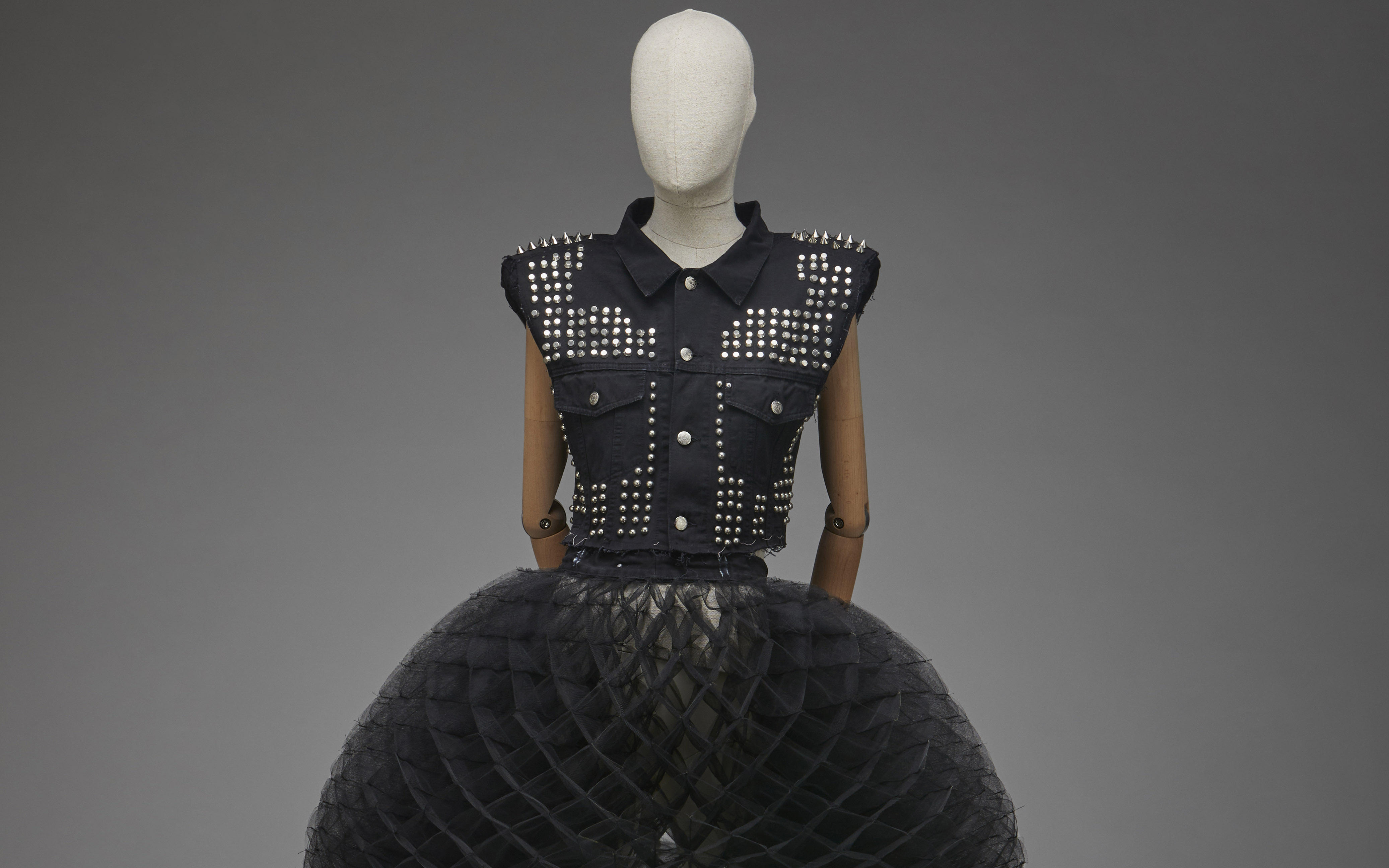
A constant metamorphosis
Starting in the 1970s, the fashion world adopted denim and integrated it without complexes. The industry moved forward in search of new horizons and gave rise to countless variations in the types of denim garments. It is curious that, although jeans were born to last, at the end of the 20th century a taste for worn and torn jeans arose. In the same way, it was used to recreate modern versions of historical pieces totally removed from utilitarian clothing. Pleats, draping, puffing, pleating, extravagant prints and all kinds of embroidery flooded jeans in the world of luxury. In fact, the exhibition also explains how major luxury brands adopted denim and introduced jeans into the world of glamour, generating a kaleidoscopic denim universe.
Precisely, the exhibition culminates with a “brunch at the Ritz”, where the aim is to emphasize how denim has become a prominent part of the social elite. With a nod to the famous quote by Yves Saint Laurent, who proclaimed “Down with the Ritz! Long live the street!”, the exhibition shows how jeans would end up taking over the Ritz in their own right thanks to their enormous versatility and their role as absolute kings of the street.

The sustainable vision
Jeans, from the street to the Ritz’ also highlights an uncomfortable issue. Beyond being the most popular and durable fabric in the world, denim also has a dark back: it is the fabric that demands the most water resources. To produce a single pair of jeans, 3,000 liters of water are needed. In one of the challenges posed for the new century, the exhibition also addresses, although cautiously, the ecological implications of the manufacturing process and the search for sustainable alternatives for its production.
‘Jeans, from the street to the Ritz’ will be open to the public until the 17th March, 2024.

(Español) Gratacós rinde homenaje a la ilustración de moda
Gratacós fabrics on the Madrid catwalk. SS24 Collections
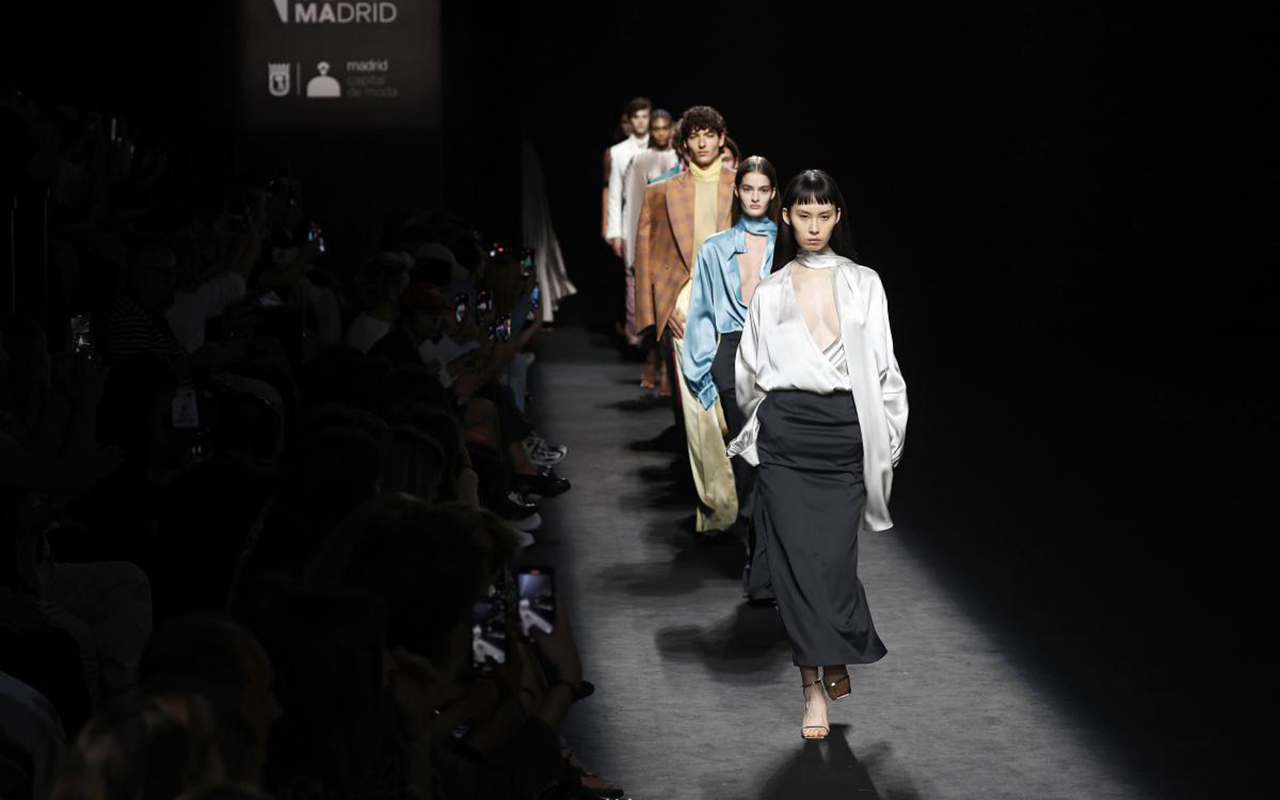
Gratacós has once again set foot on the main Spanish fashion catwalk by starring in some of the most representative looks of the designers who participated in the last edition of Mercedes -Benz Fashion Week Madrid. In each edition we feel admiration and deep respect for the creators who trust us and turn each fabric into a unique and singular creation, adapted to the language and aesthetic codes of each brand. In this latest edition of the Madrid catwalk, we thank Aurelia Gil, Fely Campo, Hannibal Laguna, JC Pajares, Mans, Paloma Suárez, Teté by Odette and Yñesuelves for having placed their trust in us. Below, we reveal a brief summary of the collections for the upcoming Spring -Summer 2024.
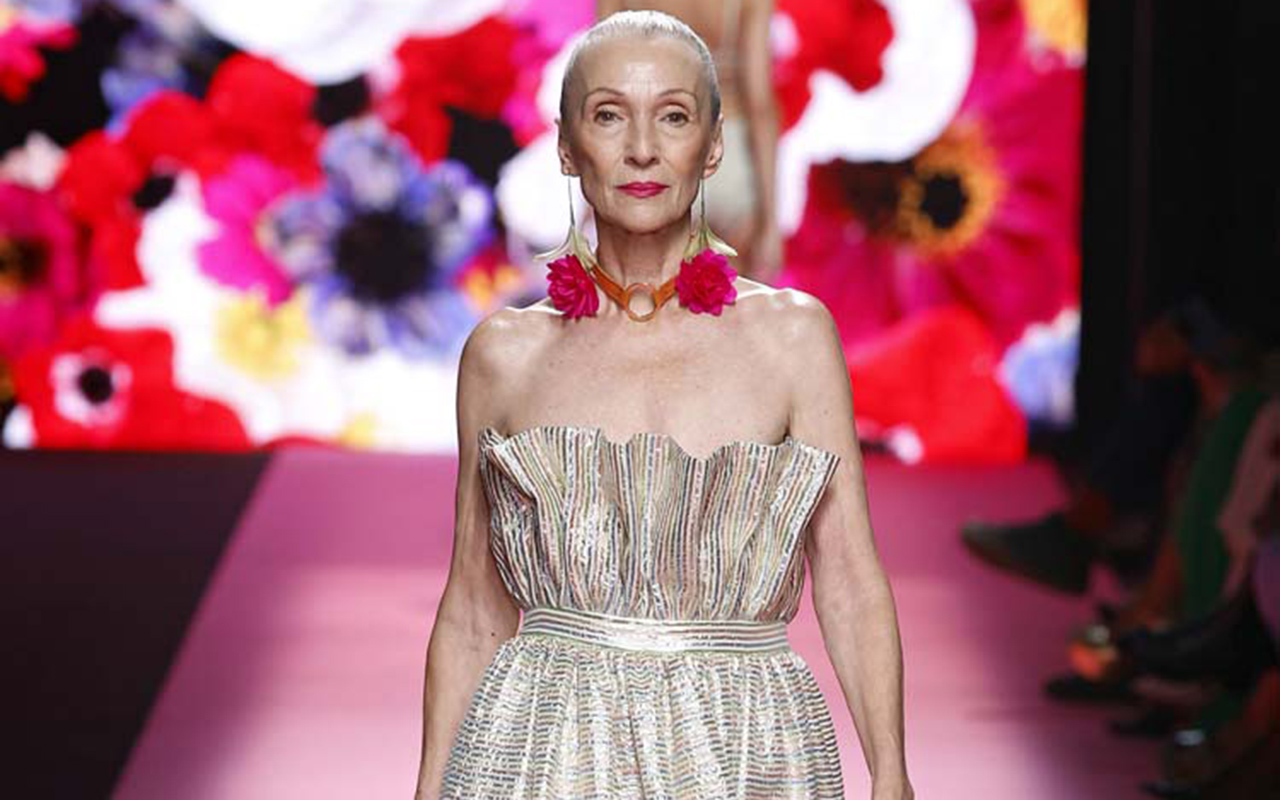
Aurelia Gil
Aurelia Gil returned to Mercedes-Benz Fashion Week Madrid for the second consecutive year. On this occasion, the designer from Las Palmas de Gran Canaria presented her new ‘Tiempo’ collection, which represents a milestone in her constant effort to create conscious and sustainable fashion. To understand Aurelia Gil’s work, it is necessary to know her passion for craftsmanship, which can be seen in each of the pieces, the careful selection of fabrics and the ethereal femininity that permeates each silhouette, with an exquisite result in every sense.
If we delve into the new collection, in ‘Tiempo’ there are plenty of relaxed silhouettes and lines, as well as flowers, which on this occasion are presented from the printing of scarves to surprising fabrics such as silks, tulles and cottons. There is also no shortage of crochet elements, embroidery and lurex printed here and there.
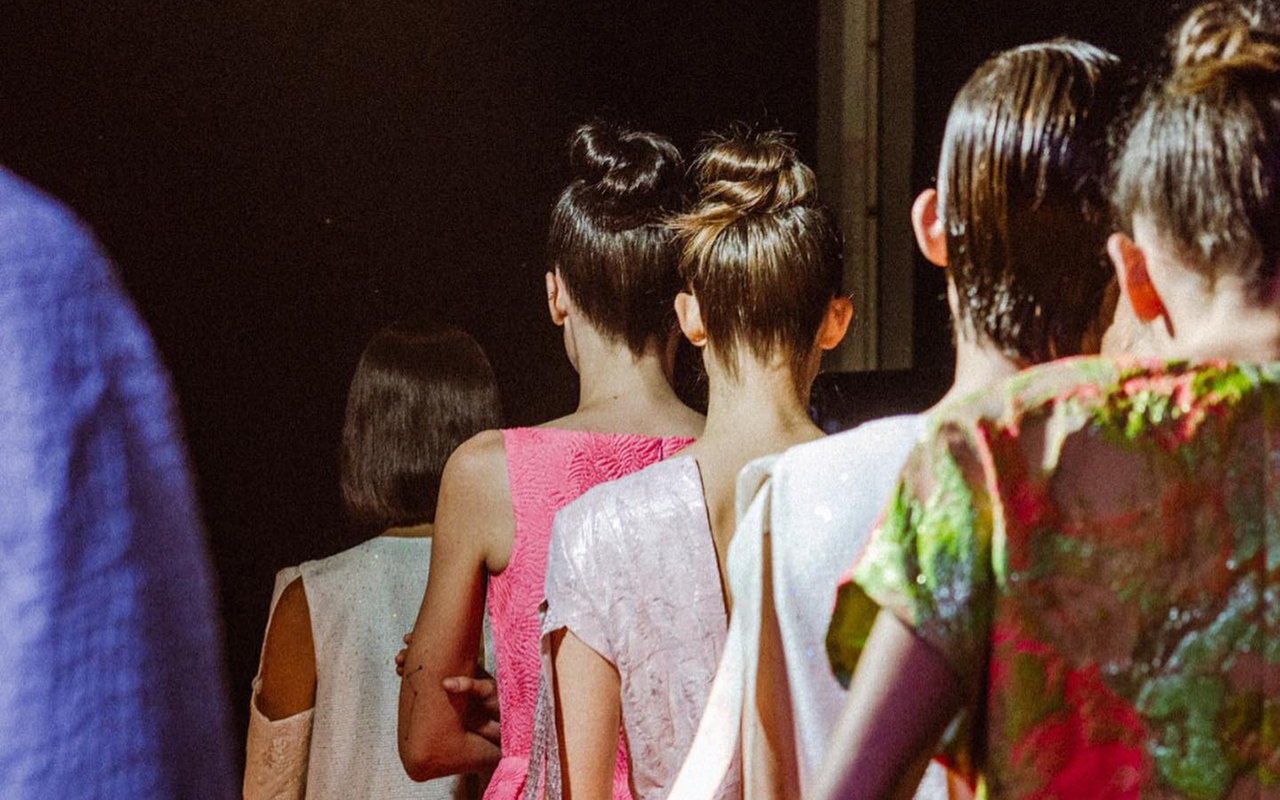
Fely Campo
Fely Campo creatively traveled to Cuba to carry out an exercise in hedonism, freedom, opulence, nostalgia and glamour. The collection presented is called ‘Zigurat’ and consists of 25 looks that are impregnated with the Art Deco aesthetic through pure patterns, which are built with the cleanliness and sobriety of the most whimsical buildings in Havana. Silhouettes and geometric cuts are intertwined with fabrics inspired by ornamental language: brocades flooded with 3D visual games with natural and geometric motifs; organic mosaics that contrast with the verticality of the ottoman’s lines and the bolder tweeds. Against the voluminous calm of the taffetas, the sinuous shapes of the moving satins emerge. The colour palette is impregnated with fluorescent tones, lamé and metallic finishes. A landscape of vivid colours on off-white tones that are enveloped and penetrated by ornaments with iridescent shine and glassy reflections.
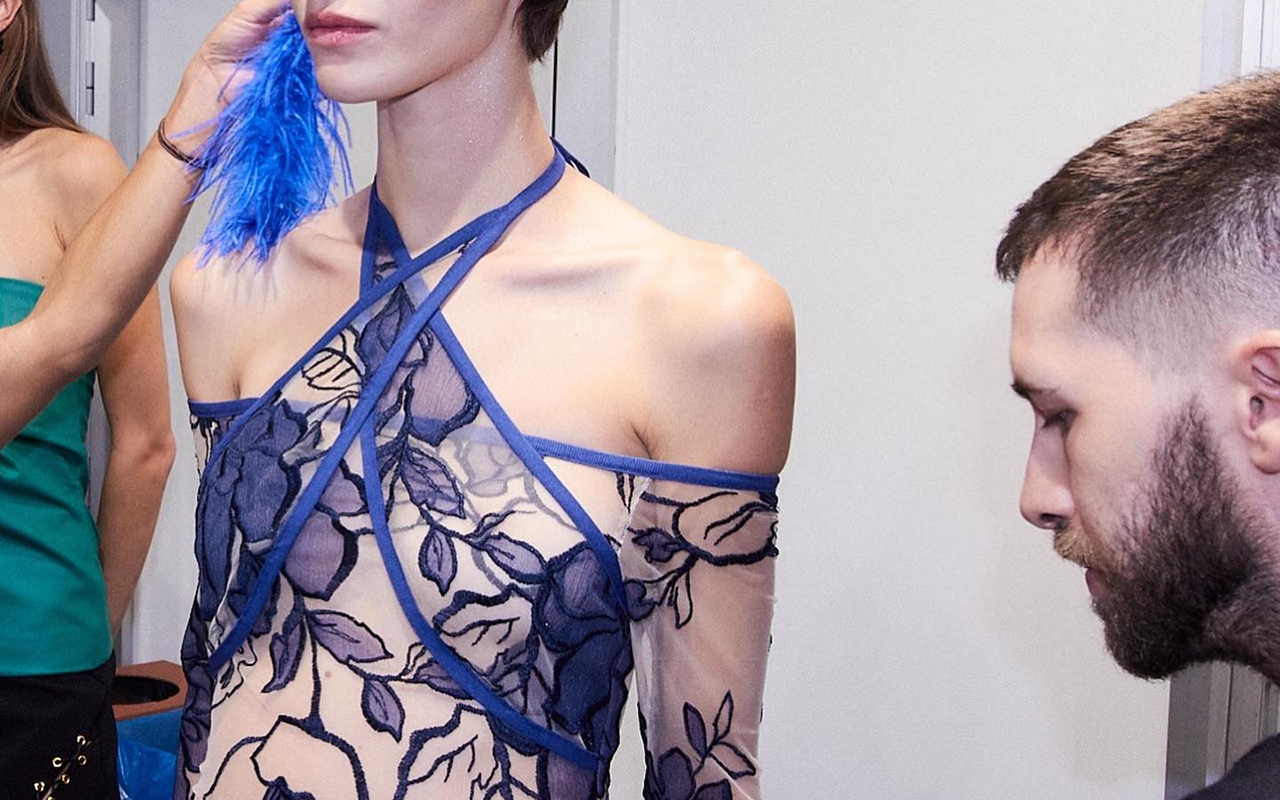
JP Pajares
JP Pajares presented its fourth annual collection on the Madrid catwalk, where summer, winter and timeless garments are combined through designs with artisanal, innovative and environmentally friendly touches. Thus, the ‘ Annual ‘ proposal follows in the wake of the brand’s latest collections with new artisanal luxury and stands out as one of the most special collections thanks to the new collaboration with artisans from Castilla-La Mancha. This union continues to revive and contribute new aesthetic codes to centuries-old techniques that are on the verge of disappearing.
In ‘ Annual ‘, nothing is left to chance and every detail counts: bobbin lace, ceramics, blown glass, hand embroidery, leather, crochet, hand-painted prints and fabrics made on centuries-old looms are intertwined in a collection that consolidates the character, style and brand identity. Innovative and sophisticated patterns, sensual and oversized silhouettes, feathers, pleats and cuts materialize in proposals for both day and night, thanks to fabrics such as wool, silk, silk crepe, cotton, taffeta, denim, tulle, technical fabrics and neoprene, among others. The collection follows a chromatic journey from black to white, passing through earth tones and the brand’s most characteristic solid colours.
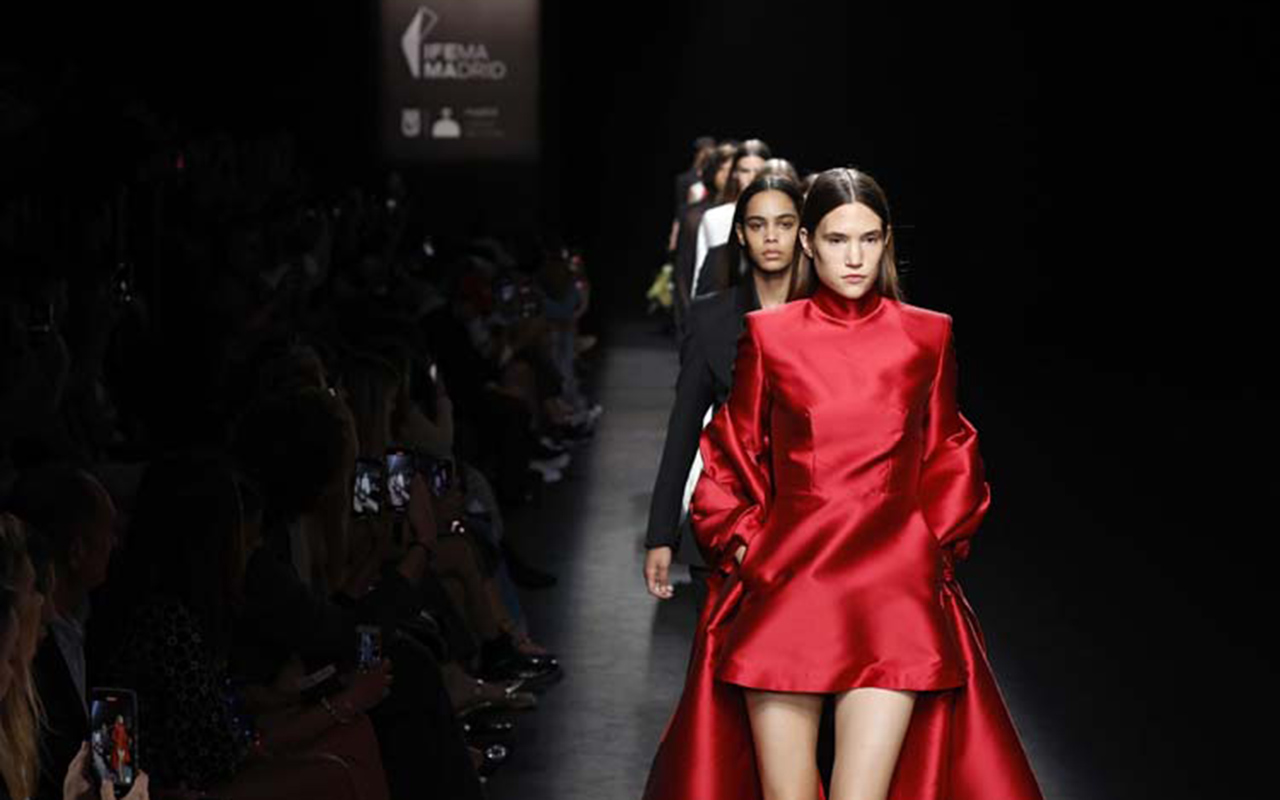
Mans
Mans believes in the elegance and sophistication of classic pieces, but offers a broader vision of fashion through collections that are freed from aesthetic limitations, allowing each person to express themselves with freedom, fluidity and confidence. On this occasion, the brand of creative director Jaime Álvarez, which is committed to impeccable and exuberant tailoring, presented its first women’s collection, maintaining the aesthetic codes it uses for the men’s line.
The collection is structured with a first series of women’s tailored garments that includes tuxedo-style jackets and narrow trousers that elongate the female silhouette. Pencil skirts are also included to maintain the sartorial essence of our brand. With shades such as charcoal grey, black and pearl tones for the wide blouses that seem ethereal, a sober collection is created that evolves towards the 60s in terms of pure straight dresses, some above the knee, others of midi length and others . that rub the ground. They all share vibrant colours and varied fabrics such as taffetas, technical fabrics and adorned with sequins with a “crowskin” effect. The Mans women’s collection show culminated with a bride completely embellished and veiled with silk tulle of more than 5 meters.
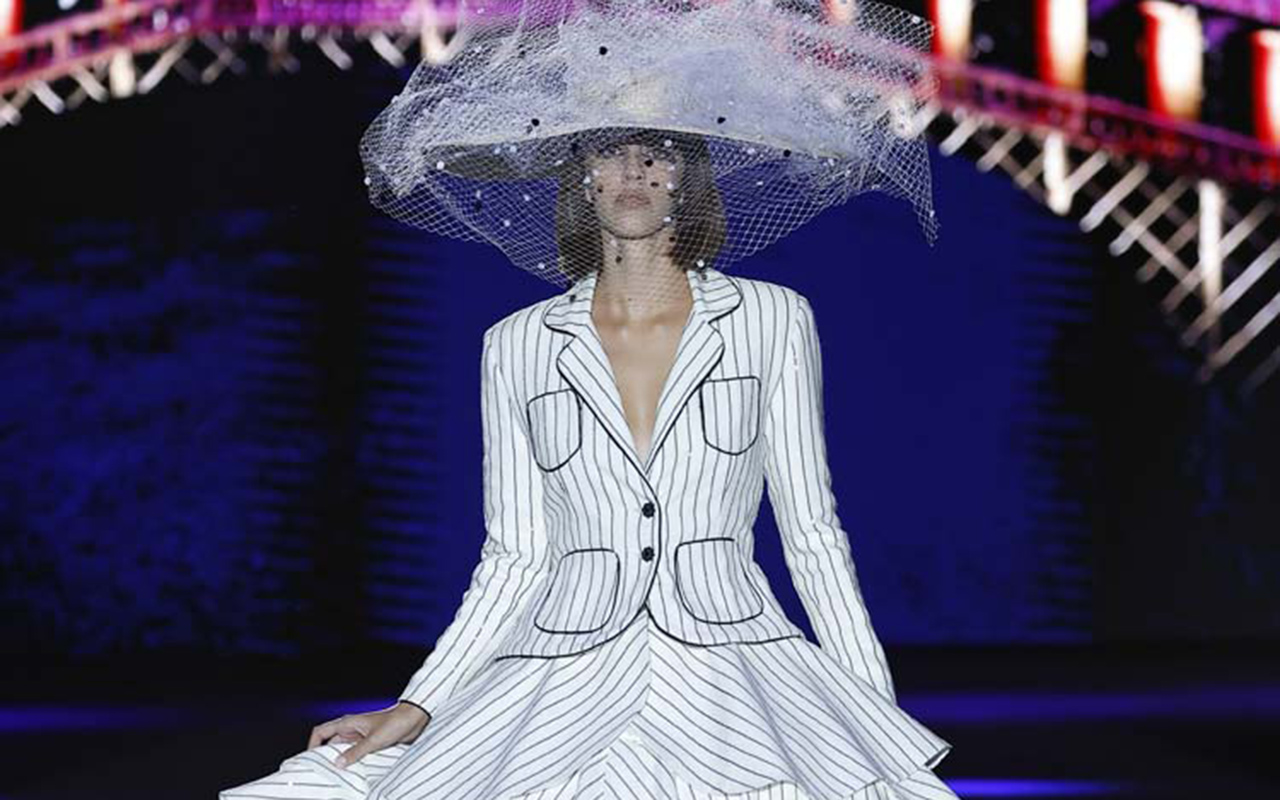
Odette Alvarez
Teté by Odette , the brand of the Cantabrian designer Odette Álvarez, finds in Venice the perfect inspiration to dress women in the next SS24 season. The influence of the world of cinema, the glamour of the city of bridges and canals, the exuberance of carnivals, love and the designer’s personal experiences are condensed in the ‘Venezia’ collection.
This proposal is characterized by fabrics rich in ornaments and beads, elements and silhouettes that evoke the typical Venetian wardrobe, and a vibrant colour palette that includes aquatic green tones, pink and the classic black and white combination, reinterpreted from a contemporary perspective. As for fabrics and materials, luxurious taffetas, silks and lurex stand out, along with more urban fabrics such as denim or stretch silk knit. In addition, there is no shortage of sequins, crystals and rhinestones, distinctive elements of the brand. The nautical stripe print on linen with micro sequin details is transformed into party and wedding dresses, closing a collection full of symbolism and tradition. It is an emotional collection made up of “garments that are easy to wear and hard to forget.
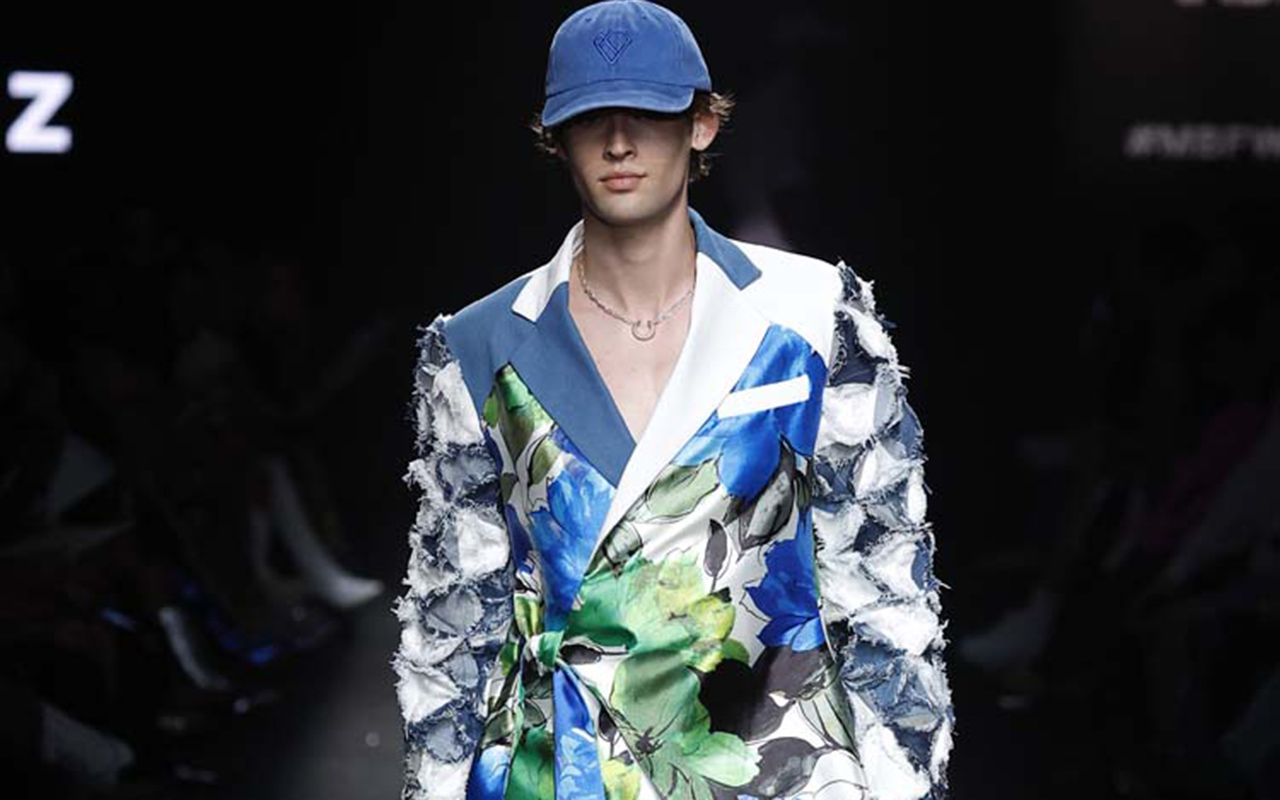
Paloma Suarez
Paloma Suárez presented her new collection ‘ Glow Up’ for the next summer season, starting from a premise that the Canarian creative frequently addresses: ‘What would you say to your past self?’. With the aim of achieving the best version of herself, the designer, considered one of the great promises of Spanish fashion, has evolved her aesthetic codes, giving them a new interpretation. The proposal represents a reflection on the past to gradually narrate the personal and creative growth of Paloma Suárez that has taken her to the present. The collection highlights the incorporation of soft colours and midi- length garments, maintaining the prominence of the colours and textures that are so characteristic of the brand and that have become its hallmark.
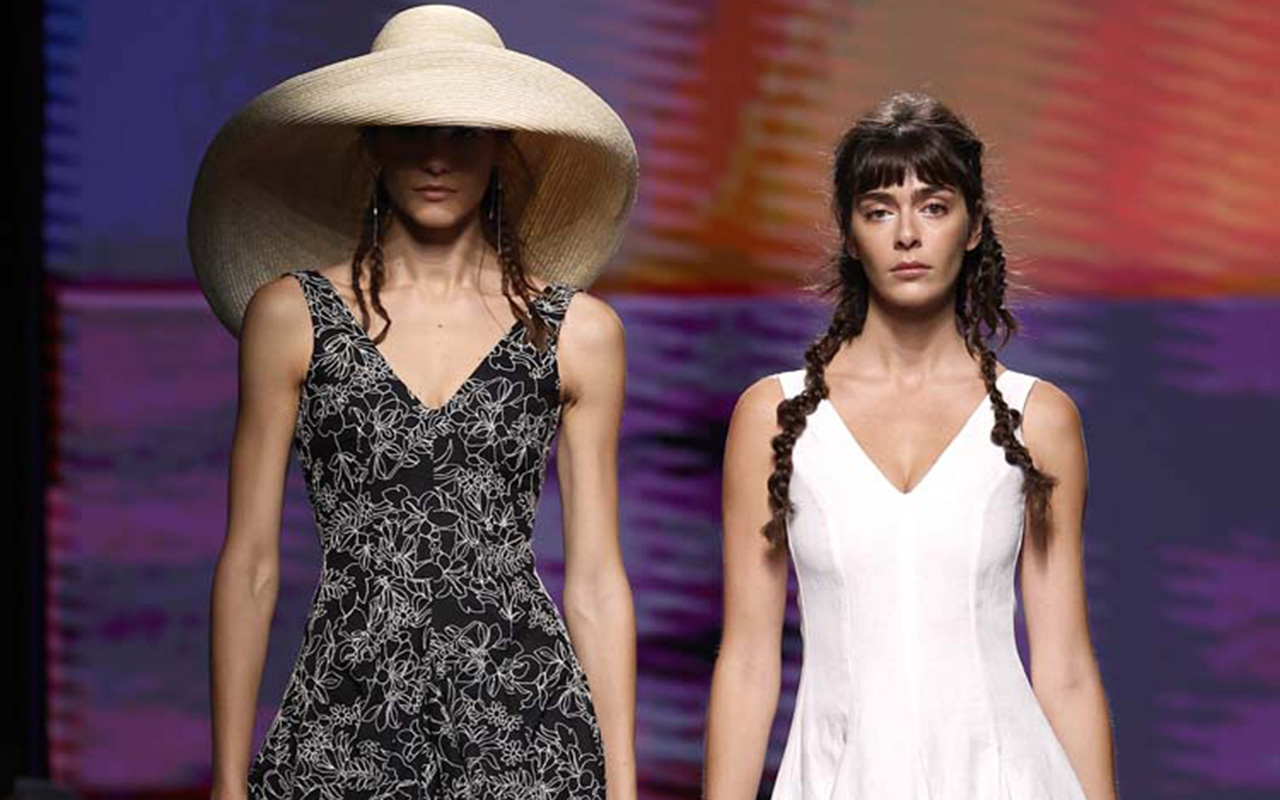
Ynes Suelves
Finally, María Osorio and Ynés Suelves , mother and daughter, reflect the magical union between fashion and painting. In its new collection, the brand has explored textiles to the maximum, focusing on the movement of its garments and seeking to transmit emotions through colour. In this collection for next summer, the Spanish brand has opted for a more feminine silhouette than ever and has been characterized by a rich variety of textures. Unlike other occasions, this collection is full of different fabrics and prints.
Pics: Mercedes Benz Fashion Week Madrid
